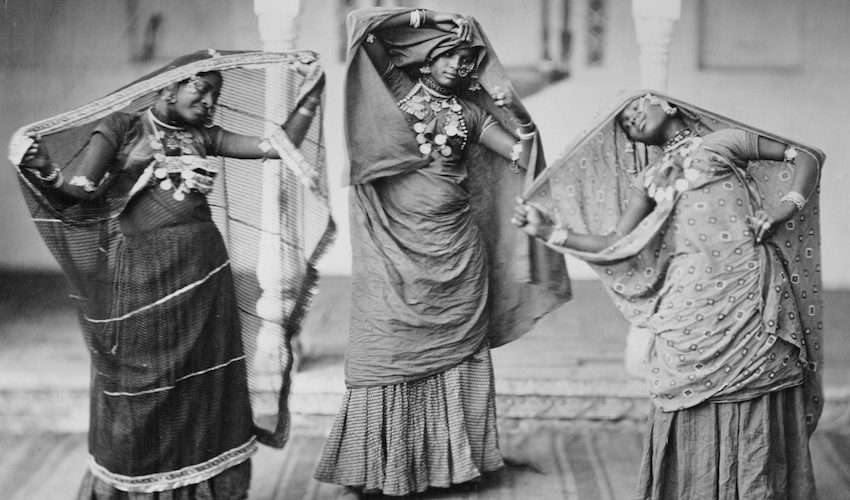
The all-encompassing word ‘prostitution’ refers to the profession which reflects domination of male over the female, and where the ‘body’ of the female is reduced to a source for purely ‘utilitarian needs’. Sumanta Banerjee in her article, The ‘Beshya’ and the ‘Babu’: Prostitute and Her Clientele in 19th century Bengal, studies this profession, while comparing it with others in the capitalist system— like other wage workers dependent on an intensive division of labour and specialisation of skills, the prostitute has the exclusive role of providing sexual entertainment.
In the pre-colonial times, there were many forms of what the umbrella term ‘prostitute’ eventually came to define. They were referred to as ‘devadasis’ in the Tanjore court, as ‘tawaifs’ or ‘courtesans’ in Awadh, as ‘kalavanteen’ in the Maratha state, and so on. Their active presence in the history of courts of regional rulers indicates that the pre-colonial state was actively involved in these institutions. These women were seen as ‘artistic’ since they participated in courtly and ritualistic activities as dancers and singers. Records show that some of these women were active taxpayers too, meaning that they were privileged enough to be respected, rather than regulated.
There were drastic implications on this profession due to the colonisation of India. The many categories of this profession were lost in processes of cultural translation in the colonial period, and came to be called, simply, ‘prostitution’. The British imposed stigmas on the bodies of a wide range of women whom they clubbed under the broad term ‘prostitute’. They considered them to be women of ill-repute, under their ideas of morality.
Many historians have tried to understand the cultural and political significance of the various women who were labelled ‘prostitutes’, and how this ignorant generalisation transformed their lives. Veena Talwar Oldenburg in her essay, Lifestyle as Resistance: The Case of Courtesans of Lucknow attempts to address the historiographical and methodological limitations of such studies, especially within the subaltern school. She writes: “…they have ignored the invisible activism in the domestic arena where women invent and use covert strategies to resist and undermine the oppression and drudgery of the average patriarchal household.” Some scholars may see this as romanticisation but Oldenburg emphasises the independence of these women, as well as their personal wealth.
“I found myself engaged in garnering their self-perceptions as powerful, independent, even subversive women, while I observed and learned about their way of life, rituals, and celebration of womanhood in the privacy of the kotha (upper-storied apartments) and their liberation from the rules of the patriarchal world beyond their own walls.”
However, with the coming of colonialism, there was a loss of prestige for these women. Their traditional sources of patronage dried up and, later on, many of them refused to pay taxes. This, sometimes, led to them being arrested, but they also often avoided arrests by developing strong relations with the police.
One of the major themes in the history of prostitution in India is the link between prostitution and venereal diseases. There were growing concerns among the European surgeons about rising levels of venereal diseases among its European troops. Some statistics refer to one quarter of British troops being depleted due to such a disease at one point of time, which required at least 22 days for treatment. This obviously posed an issue for the British Cantonment, and so it led to the decision of regulating the sexual activities of soldiers with ‘bazaar prostitutes’, since prostitutes were blamed for these infections. The officers and surgeons joined forces to control what they called the ‘Venereal Plague’, and they began targeting the women who lived and worked in and around the cantonments, in an attempt to provide a ‘healthy pool’ of women for the soldiers.
An extremely harsh system of surveillance and treatment, for regulating the public women who visited European soldiers, was put in place. The system comprised ‘Lal Bazaars’ and ‘Lock Hospitals’. These meant intrusive medical checkups and the forceful locking up of sex workers. One of the first lock hospitals was established in 1797, around Cantonment areas. The lock hospitals signified an oppressive institution, set within a patriarchal discourse, to infringe on women’s rights, bodies and sexuality.
In 1868, the Contagious Diseases Act was passed, according to which Police officers were authorised to arrest any woman who had failed to register or attend her periodic examination. This remained largely unsuccessful: not only did venereal diseases remain persistently high, but, also, as argued by Oldenburg, the women, many a times, succeeded in avoiding these inspections, probably due to their influence amidst the Police.
Oldenburg writes, “The collective impact of these regulations, the loss of court patronage, and the material penalties extracted from them for their role in the rebellion (of 1857), were a severe blow to the courtesans and signalled the gradual debasement of an esteemed cultural institution into common prostitution.”
‘Resistance’ by the courtesans of Lucknow, Oldenburg argues, involved women claiming full control over their spaces. One of the courtesans that she interviewed elaborated:
“ …men long to see our faces. If they could brag among their friends that they had seen Gulbadan or Amiran in the bazaar without a covering, they would go up in the esteem in which their friends hold them. We are not in the business of giving them cheap thrills. While we walk freely and anonymously in public places, looking at the world through our nets, they are deprived because we have blinkered them. We do not, as you know, bestow anything on men without extracting its price.”
These women, Oldenburg concludes, “had appropriated the power of the gaze while eluding the leer of sexually frustrated men.”
Another question that Oldenburg takes up is whether these women qualify as a subaltern group or as an elite group, by virtue of their power and connections? She answers this by using Romila Thapar’s perspective on Hindu ascetics and their rebellion against the grahastha ashrama by the Hindu upper-caste male elite. Why, then, are these female “ascetics” merely looked at as subordinate to the male?
“They too, like the ascetics, hold positions of respect by the society at large,” writes Oldenburg. “And both countercultures exist by maintaining vital links to the overarching patriarchal culture, while consciously inverting or rejecting its values. By opting for the institutional security of a monastery or a brothel, both groups wielded political power in the past through the powerful heads of sects in the ancient Hindu kingdoms in the subcontinent, in pre-colonial Lucknow and other court cities, Banaras, Bijapur, and Golkonda.”
Finally, Oldenburg examines the question of sexuality. She argues “that by systematically reversing the socialisation process for females, in order to combat the disabilities inherent in women’s existing social and sexual roles, the courtesans have logically ‘constructed’ lesbian existence as a legitimate alternative, just as much as Indian society at large constructs and enforces, through the institution of compulsory marriage, heterosexuality as normative behaviour. Heterosexual relations for most of the courtesans was work, not pleasure.”
“It is therefore in the kotha, rather than in the ‘normal’ world, that female sexuality has the chance of being more fairly and fearlessly constructed by women.”
The full essay is reproduced, in original, below.
It is only in the last decade that the word ‘gender’, with its expanded meaning connoting the social organization of the sexes in society, has been hospitably received in American academia. It still unnerves mainstream historians of South Asia, although women populate the pages of Indian history thickly enough as subjects of the social and political reform issues in the nineteenth and twentieth centuries, and ‘women’s issues’ continue to be energetically explored. I was quite uneasy myself about the research I unwittingly found myself doing on the courtesans of Lucknow beyond the boundaries of time and ‘relevance’ that I had set for myself. I found myself engaged in garnering their self-perceptions as powerful, independent, even subversive women, while I observed and learned about their way of life, rituals, and celebration of womanhood in the privacy of the kotha (upper-storied apartments) and their liberation from the rules of the patriarchal world beyond their own walls. Romila Thapar’s essay on the ascetic lifestyle as dissent provided the analytical framework for the unconventional data I had collected. The several detailed interviews with the courtesans of Lucknow about their changing profession and about their worldview were, in sum, stories of self-consciously elaborated, subtle, and covert forms of resistance against patriarchal culture. Equally remarkable was the realization that this form of feminist resistance was as old as the profession itself, and had not found its inspiration in western liberalism or the women’s movement, or Gandhian modes of protest. Their style of non-confrontational resistance is not a part-time or sporadic activity, but a way of life.
Equally remarkable was the realization that this form of feminist resistance was as old as the profession itself, and had not found its inspiration in western liberalism or the women’s movement, or Gandhian modes of protest. Their style of non-confrontational resistance is not a part-time or sporadic activity, but a way of life.
The moral condemnation of prostitution, subscribed to even by those who endorse women’s rights, had added to the reluctance I felt in acknowledging that it was important to document the voices and self-perceptions of these women. Gradually my own stereotypical views of prostitution, of its exploitation of women and collusion with patriarchy, of the ‘normal’ woman in the ‘normal’ world, were slowly stood on their head. I decided to write about the courtesans of Lucknow, in the full and frank spirit of my informants, only after I was admitted to their inner circle. I mulled over my data for several years and presented them orally at various academic fora in order to arrive at a fuller understanding of their implications for gender relations in South Asia. From time to time, over several years (1976-84), I revisited many of my informants with the questions that scholars, including American feminist colleagues, had raised. The courtesans received these questions with amusement and tolerance, and answered them with candour. But their rebuttals led to even rougher terrain. The issue of homosexuality (which is central to understanding the worldview of the courtesan) has not been part of the discourse on South Asian history, and this, too, made me nervous. But it also made it clear to me that the deference to ‘mainstream’ historians had gone too far. Instead of tiptoeing around (in our blue stockings, of course!) what the scholarly South Asian establishment will not accept, it is time that feminist historians took an active part in widening and deepening the social history research agenda.
There is also a larger historiographical issue that this paper explicitly addresses. South Asian historiography has had its share of acrimonious debates, with Marxist, imperialist, nationalist, Namierites of the Cambridge School, etc., having held their ground with scholarly zeal. A new generation of historians, who call themselves ‘the subalternists’, in the recent influential volumes emerging from the Oxford University Press in Delhi, have not only parried the chief ideological thrust of the Cambridge-wallahs but also expanded the scope of the field and enriched it greatly with their path-breaking work on the often violent activism of hitherto ignored subaltern (as opposed to elite or dominant) groups. But they have failed to take into adequate account women, the largest, ubiquitous, and most obvious ‘subaltern’ group of all. Their task has been to rescue the history of sporadic violent protest of subaltern groups in South Asia from obscurity. They have commendably documented violent revolts of peasants, factory and plantation workers, untouchables and minority groups, among others. Yet they have ignored the invisible activism in the domestic arena where women invent and use covert strategies to resist and undermine the oppression and drudgery of the average patriarchal household. Social historians can no longer exclude gender relations as a legitimate theme from the discourse on power relations in South Asia.
This exclusion is possibly the oldest and most serious shortcoming that informs the research and writing of South Asian history. If we push this ‘blame’ further we find that it lies in the conventional written sources on which historians depend, which naturally also reflect the prejudice against perceiving women as actors responsible for shaping the history of societies as much as men; and in this infinitely regressive mode we come back to the behaviour of the women ‘actors’ in a male-dominated society. They are inaccessible to male researchers because of the enforced rules of modesty. This forces women, who are ‘properly’ socialized, to contribute to their own lack of recognition as actors in shaping history. So the historiographical problem is exacerbated by methodological limitations: male historians have no direct access to women either in the conventional sources or in the field; women’s activities and influence remain invisible and the effect of the cultural construction of gender is mistaken for its cause. It is, therefore, hardly surprising that modes of protest invented and used by women against male oppression in the home have not received scholarly attention, except, of course, the brief notice they earn in discussions of Gandhian revolutionary techniques.
The historiographical problem is exacerbated by methodological limitations: male historians have no direct access to women either in the conventional sources or in the field; women’s activities and influence remain invisible and the effect of the cultural construction of gender is mistaken for its cause. It is, therefore, hardly surprising that modes of protest invented and used by women against male oppression in the home have not received scholarly attention, except, of course, the brief notice they earn in discussions of Gandhian revolutionary techniques.
If the genius of women has received only inadequate credit for authoring or inspiring these non-militaristic means to undermine hegemony, gender relations within the home have gone unacknowledged as the testing ground for many covert, non-confrontational, even devious ways in which women survive, influence decisions on the allocation of resources, and affect the politics of the world from which they are often, quite literally, veiled. This is where the courtesans with their private ideology stand out as a group that has historically existed in a patriarchal society without suffering from its worst constraints and repression by avoiding the inevitability and challenging the ‘respectability of the central patriarchal institution- marriage.
I do not wish to go into the history of the institution of the courtesan in India, nor the familiar tale of how it was a synthesis of the finest in Hindu and Muslim traditions, like much of Hindustani music and the fine arts. My object is to re-examine the changing lifestyle of the courtesans of Lucknow from the time of the Awadh court, through the colonial period to the present day, to extract the ideology which informs their covert subversion of gender roles. The courtesan is more readily seen as a product and a perpetuator of patriarchy; her rather more subtle and self-interested rebellion against social constraints imposed on women has attracted little attention. This attitude stems from either a concern about the sufferings and risks women endure as street prostitutes or a cultural faith in the ‘innate’ purity of women. The concern, valid though it is in other settings, does not apply to the courtesans of Lucknow, who were historically entitled to the protection and patronage of the royal court. Later, under the British, government regulations spared them the dependence on pimps or middlemen. The second view, which is really a part of a larger debate, has been cogently and carefully rebutted by Judith R. Walkowitz in her work on the politics of prostitution in Britain. Discussing the early historical links between feminism and repressive crusades against prostitution, pornography, and homosexuality, Walkowitz concludes that the criticism of these was a ‘hydra-headed assault on nonmarital, nonreproductive sexuality’ and in ‘their defence of prostitutes and concern to protect women from male sexual aggression, feminists were limited by their own class bias and by their continued adherence to a “separate sphere” ideology that stressed women’s purity, moral supremacy, and domestic virtues.’
Although the situation of the courtesans of Lucknow has undergone enormous changes in the last century and a half, since the onset of colonial rule, their beliefs emerge best by interweaving their past with their present. Hence, the account which follows is thematically rather than chronologically organized. In 1976, my first meeting with a group of courtesans in the flesh, so to speak, coincided with my discovery of information about their predecessors in the local colonial records, of 1858-78. Both were chance encounters, and it might be best to explain how these occurred because they are an important part of the evidence I offer, along with my analysis of the ethnographic material gathered from several group and individual interviews with thirty courtesans over eight years (1976-84), to support my argument that the underlying philosophy that shapes their way of life resists the repressive intrusion of society in their own lives.
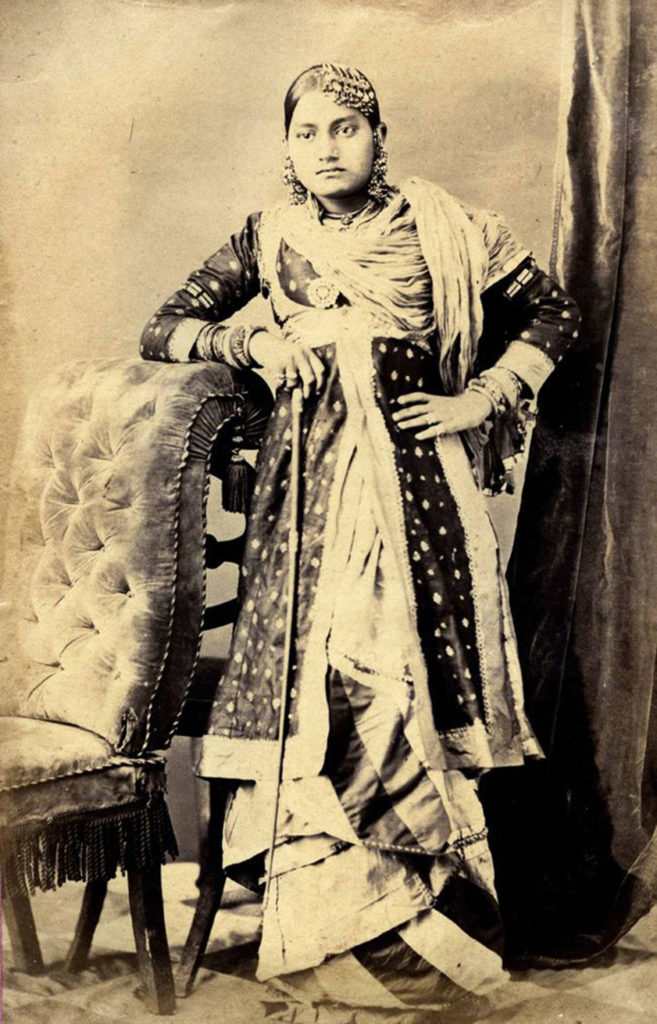
Beauties of Lucknow © Darogha Abbas Ali
In 1976, when I was doing the research for my study on the social consequences of colonial urbanization, I came across the city’s famous courtesans for the first time in the civic tax ledgers of 1858-77 and in the related official correspondence preserved in the Municipal Corporation record room in Lucknow. They were subsumed under the occupational category of ‘dancing and singing girls’, and to compound the surprise of finding women in the tax records was the even more remarkable fact that they were in the highest tax bracket, with the largest individual incomes of any in the city. Their names were also on lists of property (houses, orchards, manufacturing and retail establishments for food and luxury items) confiscated by British officials for their proven involvement in the siege of Lucknow and the rebellion against colonial rule in 1857. These women, though patently non-combatants, were penalized for their alleged instigation of and pecuniary assistance to the rebels. On yet another list, some twenty pages long, were recorded the spoils of war seized from one set of ‘female apartments’ in Kaisar Bagh, where some of the deposed ex-king Wajid Ali Shah’s three hundred or more consorts resided when the complex was seized by the British. It is a remarkable list and eloquently evocative of a very privileged existence: gold and silver ornaments studded with precious stones, embroidered cashmere wool and brocade shawls, bejewelled caps and shoes, silver, gold, jade and amber-handled fly whisks, silver cutlery, jade goblets, plates, spittoons, hookahs, and silver utensils for serving and storing food and drink, and valuable furnishings. The value of this part of the booty of war was estimated at nearly four million rupees (there were approximately ten rupees to the pound in 1857).
Courtesans appeared in other colonial records as well. They were the subject of frequent official memoranda written in connection with a grave medical crisis that engulfed the military establishment in Lucknow, and in all the major cantonments of British India. When European casualties during the mutiny and rebellion of 1857 were reckoned, it was discovered that more soldiers had died of disease than in combat. The shock of this discovery was compounded by the embarrassing fact that one in every four European soldiers was afflicted with a venereal disease. It became clear that the battle to reduce European mortality rates would now be joined on the hygienic front, to ensure a healthy European army for the strategic needs of the Empire. It became imperative that the courtesans and prostitutes of Lucknow, along with those in the other 110 cantonments in India where European soldiers were stationed, be regulated, inspected, and controlled. The provisions of Britain’s Contagious Diseases Act of 1864 were incorporated into a comprehensive piece of legislation, Act XXII of 1864; it required the registration and periodic medical examination of prostitutes in all cantonment cities of the Indian empire. The collective impact of these regulations, the loss of court patronage, and the material penalties extracted from them for their role in the rebellion, were a severe blow to the courtesans and signalled the gradual debasement of an esteemed cultural institution into common prostitution.
These new challenges provoked these women to intensify their struggle to keep out an intrusive civic authority that taxed their incomes and inspected their bodies. Characteristically they responded by keeping two sets of books on their income, bribing the local dai, or nurse, to avoid bodily inspections, keeping the local policemen ‘happy’ with sex and money to avoid arrests for selling liquor to the soldiers, or publicly refusing to pay taxes even when threatened with imprisonment. The tactics were new but the spirit behind them was veteran. These methods were imaginative extensions of the ancient and subtle ways the courtesans had cultivated to escape patriarchy, and add up to a spirited defence of their own rights and privileges by a group traditionally mistaken for merely perpetuating patriarchal values.
Characteristically they responded by keeping two sets of books on their income, bribing the local dai, or nurse, to avoid bodily inspections, keeping the local policemen ‘happy’ with sex and money to avoid arrests for selling liquor to the soldiers, or publicly refusing to pay taxes even when threatened with imprisonment. The tactics were new but the spirit behind them was veteran. These methods were imaginative extensions of the ancient and subtle ways the courtesans had cultivated to escape patriarchy, and add up to a spirited defence of their own rights and privileges by a group traditionally mistaken for merely perpetuating patriarchal values.
Yet another set of documents finally led me to a group of courtesans living in Lucknow in 1976, proud descendants of those who had survived first the pressures of a century of systematic harassment by the colonial authorities, and then the ban placed on their activities by the government of independent India. These documents were the intercepted letters written by the ex-king, Wajid Ali Shah, to some of the wives he had been forced to abandon in Lucknow after the British annexed Awadh in 1856 and forced him into exile. I engaged a young Persian scholar, Chhote Mian, to help me decipher these Persian letters. He not only provided the entrée required to visit this group of courtesans, but also, quite fortuitously, the key to comprehending their world. He explained why he had only been given a pet name (roughly, Mr Small) instead of a serious Muslim family name. He was the son of a courtesan and she had never revealed to him who his father was. Ironically, his sad life-story had all the elements of the socialization and upbringing accorded to a girl in a ‘normal’ household:
“While I love and respect my mother and all my ‘aunts’ [other courtesans] and my grandmother [a chaudharayan], my misfortune is that I was born a son and not a daughter in their house. When a boy is born in the kotha, the day is without moment, even one of quiet sadness. When my sister was born there was a joyous celebration that was unforgettable. Everyone received new clothes, there was singing, dancing, and feasting. My aunts went from door to door distributing laddus [a sweet traditionally distributed to mark an auspicious event]. The musicians were drunk and received expensive gifts.
My sister is, today, a beautiful, educated, propertied woman. She will also inherit what my mother and grandmother own. She will have a large income from rents; she doesn’t even have to work as a courtesan, if she so chooses. I am educated, but I have no money or property. Jobs are very hard to come by, so I live in a room and subsist on a small allowance that my mother gives in exchange for running errands for her and helping her deal with her lawyers. [She was trying to evict a tenant from a house she owned.] She paid for my education but a degree is pretty worthless these days. My only hope is that I may marry a good woman who has money and who gives me sons so they can look after me in my old age, or find a way of getting a job in Dubai, as my cousin did. Otherwise my chances in life are pretty dim. Funny isn’t it, how these women have made life so topsy-turvy?”

Photograph by Robert Kato; ʿAbbās ʿAlī (fl. late 1860s–ca. 1880), photographer
Juddan Dancing Girl, from Beauties of Lucknow, Albumen print, 1874, Jerome Robbins Dance Division, The New York Public Library for the Performing Arts, Dorothy and Lewis B. Cullman Center
In order to appreciate this rather remarkable inversion in a society that blatantly favours males over females, a brief sketch of the historical background of the courtesans of Lucknow is in order.” At all Hindu and Muslim courts in the many kingdoms that made up the subcontinent before the British began to displace the rulers, the courtesans were an influential female elite. The courtesans of Lucknow established themselves as a notable group of women in the eighty-odd years that the Awadh dynasty had Lucknow as its capital city, under the lavish patronage of the chief noblemen, merchants, and the official elite. Abdul Halim Sharar, a novelist and journalist who chronicled the history of the nawabs of Awadh and their cultural innovations, writes that:
“in Lucknow, association with the courtesans started with the reign of Shuja ud Daula [reigned: 1753-74]. It became fashionable for the noblemen to associate with some bazaar beauty, either for pleasure or for social distinction. A cultivated man like Hakim Mahdi, who later became Vazir [prime minister of Awadh], owed his initial success to a courtesan named Piyaro, who advanced her own money to enable him to make an offering to the ruler on his first appointment as Governor of a Province of Awadh. These absurdities went so far that it is said that until a person had association with courtesans he was not a polished man…. At the present time [c. 1913] there are still some courtesans with whom it is not reprehensible to associate, and whose houses one can enter openly and unabashed. Although these practices may have a deteriorating effect on the morals, at the same time manners and social finesse improved.”
Ensconced in equally lavish apartments in the bazaars of Chowk, and in the Kaisar Bagh, they were not only recognized as preservers and performers of the high culture of the court, but actively shaped the developments in Hindustani music and Kathak dance styles. Their style of entertainment was widely imitated in other Indian court cities, and their more recent influence on the Hindi film is all too patent. They commanded great respect in the court and in society, and association with them bestowed prestige on those who were invited to their salons for cultural soirées. It was not uncommon for the young sons of the nobility to be sent to the best-known salons for instruction in etiquette, the art of conversation and polite manners, and the appreciation of Urdu literature.
They commanded great respect in the court and in society, and association with them bestowed prestige on those who were invited to their salons for cultural soirées. It was not uncommon for the young sons of the nobility to be sent to the best-known salons for instruction in etiquette, the art of conversation and polite manners, and the appreciation of Urdu literature.
The world of the tawa’if of Lucknow was as complex and hierarchical as the society of which it was part. Courtesans were and still are usually a part of a larger establishment run by a chaudhrayan, or chief courtesan, an older woman who has retired to the position of manager after a successful career as a tawa’if . Having acquired wealth and fame, such women were able to recruit and train women who came to them, along with the more talented daughters of the household. Typically, a wealthy courtier, often the king himself, began his direct association with a kotha by bidding for a virgin whose patron he became with the full privileges and obligations of that position. He was obliged to make regular contributions in cash and jewellery, and privileged to invite his friends to soirées and to enjoy an exclusive sexual relationship with a tawa’if . His guests were expected to impress the management with their civilities and substance so that they would qualify as patrons of the women who were still unattached, or at least as ‘regulars’ of the kotha. The chaudharayan always received a fixed proportion (approximately a third) of the earnings to maintain the apartments, pay to hire and train other dancing girls, and attract the musicians, chefs, and special servants that such establishments employed. Many of the musicians belonged to famous lineages and much of late-nineteenth-century Hindustani music was invented and transformed in these salons, to accommodate the new urban elite who filled the patronage vacuum in the colonial period.
The household had other functionaries beyond the core group of daughters or nieces of the senior tawa’if . These women, called thakahi and randi, were affiliates of a kotha but were ranked lower. Their less remarkable appearance and talent restricted them to providing chiefly sexual services in rather more austere quarters downstairs. Another very interesting group of women secretly associated with the establishment were khangi, or women who were married and observed strict purdah, but who for financial or other reasons came to the kotha for clandestine liaisons; the chaudharayan collected a fee from them for her hospitality Doormen, watchmen, errand of the house or in detached servants’ quarters and were also often kinsmen-screened suspicious characters at the door, acted as protectors of the house, and spied on the activities of the police and medical departments. Pimps or other male agents simply did not exist, then or later.
The idea that the chaudharayan’s recruitment practices were and are shady and unscrupulous has gained wide currency over time. It is popularly believed that the most common mode of recruitment was/is kidnapping; that the tawa’if were linked to a large underground network of male criminals who abducted very young girls from villages and small towns and sold them to the kothas or nishatkhanas (literally, pleasure houses). This belief was romantically fuelled, if not actually generated, by Lucknow’s famous poet and litterateur, Mirza Hadi Ruswa, in his Umrao Jan Ada. The novel first appeared in 1905 and was ‘an immediate and thunderous success. Critics acclaimed it as the best narrative on the life and culture of Lucknow and praised Ruswa’s mastery of Urdu prose. Several editions of the novel were sold out.’ It was translated into English in 1961 under the aegis of UNESCO, and it has been reissued on demand several times since it was reincarnated as a film in 1981, by the Lucknow Shi’i nawab turned film director, Muzaffar Ali.
The influence this novel has exerted on the popular imagination is enormous. It is the single most important source of information on the courtesans of Lucknow, and by extension, the entire profession as it was practised in the nineteenth century in northern India. Set in the second half of the nineteenth century, it is a melodramatic story of a tawa’if , Umrao Jan, who as a beautiful child of five is kidnapped and sold to a tawa’if in Lucknow, where she trains and becomes, after a few complicated twists and turns in the plot, a renowned and much sought-after courtesan. Ruswa uses the classic ploy of writing an introduction wherein he explains that he is merely recording the true story of Umrao Jan, told to him by the protagonist herself. His use of the first person in the ‘memoir’, in which the courtesan frequently addresses him by name, makes it all the more convincing.
The glimpses Ruswa provides of the rigorous training and worldview of the courtesan are very true to life. But Ruswa also had a keen interest in crime, and several of his translations and adaptations were of contemporary Victorian and Urdu pot boilers. He published a then-popular series of khuni (literally, bloody killer) novels some of whose titles, such Khuni Shahzada (The Killer Prince), Khuni Joru (The Killer Wife), Khuni Ashiq (The Killer Lover), betray his predilection for the sensational. One of the older women who knew the author when he was alive gave the book a mixed review: she commended Ruswa for understanding the mentality of the courtesan, but blamed him for inventing characters such as the ‘evil kidnapper’ and the exploitative madame who became the stuff of later stereotypes.
The greatest harm was done to the reputation of the kothas by British political propaganda. The older tawa’if , who spoke keenly about contemporary politics, the law, and had connections among the local power elite, were equally well informed about the history of their city. In their view the British had deliberately muddied the truth about their kothas in order to denigrate nawabi culture, and to thus justify annexing the kingdom of Awadh in 1856 as well as exiling the beloved king, Wajid Ali Shah. After quelling the mutiny and rebellion of 1857, the British turned their fury against the powerful elite of Lucknow. The tawa’if were perceived as an integral part of the elite. In a campaign waged against them to reduce their influence, the new government resumed control over much of the prime real estate given to them by the nawabs, and discredited the nobility who associated with them as dissolute and immoral. Yet, when it came to matters such as using these women as prostitutes for the European garrison, or collecting income tax, the eminently pragmatic British set aside their high moral dudgeon, and decreed rules to make this possible. It became official policy to select the healthy and beautiful ‘specimens’ from among the kotha women, and arbitrarily relocate them in the cantonment for the convenience and health of the European soldiers. This not only dehumanized the pro fession, stripping it of its cultural function, but made sex cheap and easy for the men, while exposing the women to venereal infection from the soldiers.
After quelling the mutiny and rebellion of 1857, the British turned their fury against the powerful elite of Lucknow. The tawa’if were perceived as an integral part of the elite. In a campaign waged against them to reduce their influence, the new government resumed control over much of the prime real estate given to them by the nawabs, and discredited the nobility who associated with them as dissolute and immoral. Yet, when it came to matters such as using these women as prostitutes for the European garrison, or collecting income tax, the eminently pragmatic British set aside their high moral dudgeon, and decreed rules to make this possible. It became official policy to select the healthy and beautiful ‘specimens’ from among the kotha women, and arbitrarily relocate them in the cantonment for the convenience and health of the European soldiers. This not only dehumanized the pro fession, stripping it of its cultural function, but made sex cheap and easy for the men, while exposing the women to venereal infection from the soldiers.
Kidnapping may be one of the methods by which girls find their way into the tawa’if households, but it is certainly not the most common. In my interviews with the thirty women, whose ages ranged from thirty-five to seventy-eight, a very different picture emerged. In recording the life-stories of these women, the compelling circumstance that brought the majority of them to the various tawa’if households in Lucknow was the misery they endured in either their natal or their conjugal homes. Four of these women were widowed in their early teens, two of whom hailed from the same district and had lost their husbands in a cholera epidemic; three were sold by their parents when famine conditions made feeding these girls impossible. Seven were victims of physical abuse, two of whom were sisters who were regularly beaten by their alcoholic father for not obliging him by making themselves sexually available to the toddy seller. Three were known victims of rape and therefore deemed ineligible for marriage; two had left their ill-paid jobs as municipal sweeper-women, because they were tired of ‘collect ing other people’s dirt’, two were battered wives, one had left her husband because he had a mistress, and one admitted no particular hardship-only a love for singing and dancing that was not in her orthodox Brahmin home. Three said they had left their marriages without much ado; they saw the advantage of earning their own living and being at liberty to use their resources as they wished, and did not want to have children; and the remaining four were daughters of other tawa’if . Not one claimed that kidnapping had been her experience, although they had heard of such cases. This assortment of refugees from the sharif, or respectable, world gave a completely ironic slant to the notion of respectability.
The problem, according to Saira Jan, a plump woman in her early forties who recounted her escape from a violent and alcoholic husband at length and with humour, was that there were no obliging kidnappers in her muhalla (neighbourhood). ‘Had there had been such farishte [angels] in Hasanganj I would not have had to plot and plan my own escape at great peril to my life and my friend’s, who helped me.’
This catalogue reflects the wide range of unfavourable, even dangerous, circumstances from which these women had escaped. Desertion has been traditionally resorted to by those trapped in situations they had no other effective means of fighting or changing. To the list of fugitives from oppression which includes Black slaves in the ante bellum United States, bonded labourers on colonial plantations, and drafted soldiers -can be added women fleeing the quotidian suffering they encountered as daughters, sisters, or wives. Gulbadan, who was a chaudharayan from her late thirties (she claims she was born in 1900 and initiated when she was thirteen years old), had been the niece of a tawa’if and was raised in the household she now managed. She spoke of the kotha as a sanctuary for both men and women; men escaped the boredom of their domestic lives and women found in it a greater peace and freedom than in the normal world. She reminded Saira that she was a miserable, underweight, frightened wretch when she had first appeared at her doorstep. ‘She was thin as a stick, her complexion was blotchy, her eyes sunk in black holes, and she had less than two rupees tied to the end of her sari. Even these she had to steal’, explained Rahat Jan, Gulbadan’s ‘partner’ (her term). ‘Now look at her, we call her our hathini [female elephant], who cats milk and jalebi [syrup-filled, deep fried sweets] to keep herself occupied between meals, although she argues it is to keep her voice melodious.’
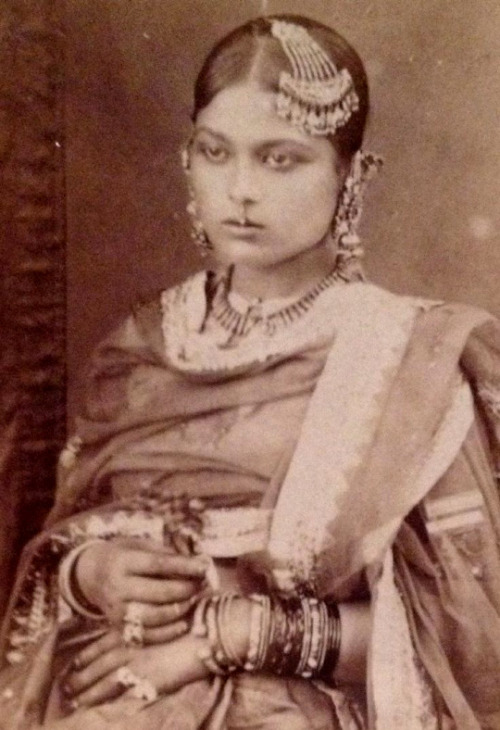
From The Beauties of Lucknow by Darogah Abbas Ali, 1874
Most women told their stories of their prior lives with enthusiasm. They had wanted to escape ‘hell’ (the word jahannum, the Islamic hell, was frequently used to describe their earlier homes) at any cost. The rigours of learning professional skills and earning their own money helped them develop self esteem and value the relative independence they encountered in Rahat Jan’s kotha. It may well be that some of the women exaggerated the past, but the kernels of their stories were embedded in the reality of the gender bias in society. Here they could be women first, and Hindus and Muslims in a more mutually tolerant way, since the culture of the kotha represented elements of both, and was acknowledged as a truly synthetic tradition. The story of one of the Hindu child widows, Rasulan Bai, 35, is especially compelling because it exposes the ineffectiveness of the social-reform legislation passed in the last 150 years and the lack of options for young childless widows even today. While it is the story of a habitual but covert rebel, it also explains why a courtesan is not willing to engage in questioning her status as a collaborator in perpetuating patriarchal values that keep other women in powerless positions:
“I was married when I was ten. My natal family was Rajput, my father and uncles owned fifty acres of irrigated land; my mother did not have to work too hard because we had two servants who did most of the household work. I had attended three years of school but I barely knew how to recognize the letters that spell my name. My gauna ceremony occurred just three months after menarche. I remember being taken to my husband’s house with my dowry and plenty of gifts for my in-laws. My father sent several sacks of wheat, sugar, lentils, and other produce from the farm because I was married to a young Rajput boy whose father had gambled away most of their wealth. That summer [1960] there was a very big flood, which washed away the mud huts in the village, the livestock, and our food reserves. While my husband was out with his brothers trying to salvage some of the food stored in earthenware jars, he slipped and fell into the water and three days later was dead after a severe bout of cholera. I survived but I often wished I were dead. The local Brahmin said that my ill-starred presence had brought flood and death to the village. My jewels, clothes, and the few silver coins which I had hidden away were all forcibly taken away from me, and I became a widow in white who did all the nasty, heavy chores for the household. I was fed scraps when I cried out in hunger. You talk about the laws that were passed by the British to prevent child marriage, you talk of the rights we won when the Hindu Civil Code [1956] was passed but I sneer at all that. I had no recourse to the laws, or to lawyers, only to my wits sharpened by adversity. I first tried to get back at them with sly acts of sabotage. I did the washing up indifferently, leaving a dull film on the metal platters and the pots. For this my mother-in-law thrashed me. I would sneak into the kitchen when my sister-in-law had finished cooking and add a heavy dose of salt to the lentils and vegetables. I would hide my smile when I heard the yells and abuse heaped on her by the menfolk. She caught me one day and thrashed me soundly until I howled with pain. Her husband came home and gave me another hiding. Life was unbearable but I was trapped; there was nowhere that I could go. My parents, who had come for the funeral to our village, were distressed but they did not offer to take me back because they still had my younger sisters to marry. Fights, violence erupted all the time. My sister-in-law kept wishing me dead. When it was discovered that I stole money, to buy snacks from the vendor, they threatened to burn me alive. I wanted to run away but didn’t know where I would go, except to the river to drown myself. Finally when an itinerant troupe of entertainers was encamped in our village I saw the performance and thought I would secretly apply to work for them, just do their housework or something. They agreed to shelter me after I told them my troubles and showed them the bruises on my body. They smuggled me out of that hell, gave me bit parts in their dramas, and finally brought me to the lap of Bibi Khanum [another tawa’if in Lucknow], and I have never looked back. I had no option but to run away. Tell me, sister, what would you have done in my place?”
Most women told their stories of their prior lives with enthusiasm. They had wanted to escape ‘hell’ (the word jahannum, the Islamic hell, was frequently used to describe their earlier homes) at any cost. The rigours of learning professional skills and earning their own money helped them develop self esteem and value the relative independence they encountered in Rahat Jan’s kotha. It may well be that some of the women exaggerated the past, but the kernels of their stories were embedded in the reality of the gender bias in society. Here they could be women first, and Hindus and Muslims in a more mutually tolerant way, since the culture of the kotha represented elements of both, and was acknowledged as a truly synthetic tradition.
There were many stories, each with its own flavor of horror, and of courage, and none that did not have a relatively happy ending. Comparable employment opportunities for women simply did not exist then and are few and far between even now. Gulbadan explained that not all women in need can make the kotha their refuge; some are not talented enough to become courtesans, and some are too anxious about their moral standing. Women, particularly from the higher strata of Hindu and Muslim society, fear violent reprisals if discovered by their families or shrink from exposure to strange men. She went on to say that “many women flee their homes in the villages and come to the anonymity of the city to work as domestic servants, as ayahs [nannies] or maids or cooks. Some join road gangs run by government or private building contractors only to break bricks into small pieces with a hammer, all day in the sun, and earn in a month what we make in a few hours of passing the time in civilized company. To make ends meet they have to sleep with their employers and the dalal, or middle men, who found them their jobs and get beaten up by their husbands when they find out.” Gulbadan explained that “a woman compromises her dignity twenty-four hours of the day when she has no control over her body or her money.” This response was unanimously endorsed by the other courtesans.
The women who said that their own parents had sold them when they were unable to feed them, much less pay for a wedding and a dowry, felt that their parents were forced by circumstances to make such a hard decision. Yet they sent money home every month to take care of their impoverished families, which was gratefully received, and whatever resentment they may have felt for being abandoned as children had dissipated through understanding the limits imposed on women in this world. Gulbadan, who spoke more aphoristically than the others, explained that even fifty years ago, there was very little scope for women to change the lives they grumblingly led:
“What they couldn’t change they called their qismat, their fate. Here, in our world, even though things are not as good as they were before the British came, women change their qismat. Even philosophers and poets will tell you that no one can change their qismat. Ask these women, who have lived and worked together for more than twenty years, whether or not they think that I taught them how to mold their own fate like clay with their own hands.”
I did, and they agreed, with laughing nods, while they celebrated Janma Ashtami (birthday of the Hindu god, Krishna, the patron of their dance) and the Muslim festival of Id on the third floor of Gulbadan’s impressively large building. And this was the very essence of their world view.
Gulbadan had tossed this off as she sat on the large platform covered with an old Persian rug and velvet and brocade bolsters that propped her up. Watching her deft fingers prepare a paan, or betel leaf, with its half-dozen nut-and-spice fixings, I felt I was in the presence of an alchemist who had transformed base fortunes into gold. She, along with her septuagenarian friends, had inherited a way of life and struggled to preserve it, quite selfishly, in the face of an increasingly hostile future. Their business was neither to exploit women, nor to transform the lot of the generality of womankind, but to liberate and empower those with whom they were associated. The high level of camaraderie, wit, teasing, and affectionate interaction that I observed and participated in on several visits to the apartments of the older women over ten years affirmed this impression repeatedly. The process of “changing one’s fate” (qismat badalna) is, under closer scrutiny, a psychosocial process through which the social construction of gender (and sexuality, as we shall see) is stripped bare. The chaudharayan acts in several capacities, the most challenging being to inspire, in the women who come to them, a confidence in their own ability and worth, restore shattered nerves, set about undoing the socialization they had received in their natal homes. This delicate and difficult task, at one level, is not unlike the task modern psycho therapy purports to perform in Western society. The problem, according to Rasulan, was to forget the expectations inherent in the meaning of the word aurat, or woman, as it obtained in the larger society:
The notion “woman” was dinned into my mind and had shaped my behavior from the day I was born. Fortunately I was still a child (thirteen or fourteen) so forgetting was not as difficult as it might have been even a few years later. I forgot my misery upon arriving in a house where a different meaning of that word was already in place, where Amina Ba’i and Zehra Jan (Gulbadan’s granddaughters] were acting out those meanings for us all.
They did not fear men because they were admired and praised by men; nor had they ever been nagged by their mother and grandmother about not doing this or that or they would not be able to get married, nor slapped by a father for being “immodest.” They had never been upset at being a burden to their parents since the shadow of dahej (dowry) has never darkened their lives. I resented them to begin with, thought them spoilt and selfish, but slowly I began to realize that they were of a different mold. I would have to break my own mental mold and recast myself. I got a lot of love from Gulbadan, Rahat Jan, and Amiran. They would listen to me, and I would regurgitate all the sorrow, pain, and poison I had swallowed, again and again. Now when I tell you my story, it is as if I am telling you another’s tale. Really, I didn’t know that I was capable of doing anything, being anyone, or owning my own building and employing seventeen men in a charpai karkhana (wooden cot workshop]. I had the mentality of a timid and ugly mouse; now I am accused of being too arrogant and am envied for the property I own.
They did not fear men because they were admired and praised by men; nor had they ever been nagged by their mother and grandmother about not doing this or that or they would not be able to get married, nor slapped by a father for being “immodest.” They had never been upset at being a burden to their parents since the shadow of dahej (dowry) has never darkened their lives. I resented them to begin with, thought them spoilt and selfish, but slowly I began to realize that they were of a different mold. I would have to break my own mental mold and recast myself.
The process of rehabilitation for these women is rapid since they generally arrive young and are plunged into a welcoming environment. The self-affirming ethos of the kotha makes it possible for them to assimilate their newly revised perceptions and behavior patterns while living among a host of nurturing and supportive women and without the fear of men. Freedom from the pressure of the “marriage market” where grooms were “for sale” to the woman with the largest dowry, they unanimously agreed, gave them the inner courage to develop their skills and treat men as equals, or even as inferiors.
There are other therapeutic devices invented over the ages that are still in use in these salons. Novices are introduced to a secret repertoire of satirical and bawdy songs, dances, informal miming, and dramatic representations, aimed at the institution of marriage and heterosexual relations. These entertainments are privately performed only among women. These “matinee shows,” as they jokingly call them, are not only crucial for the solidarity and well being of the group, but they also help the newcomers to discard the old and internalize the new meaning of being an aurat. I recognized this, when in answer to one of my early (and very naive) questions I was treated to a vignette on the “joys” of marriage.
VTO: Gulbadan, since you are a handsome woman, so well educated, with all this money and property and jewels, why didn’t you marry a sharif [respectable] nawab [there are several descendants of noble families in Lucknow who use this honorific] and settle down to a life of respectability?
Gulbadan: Your use of the word “respectable” is thoughtless. Is marriage considered the only “respectable” alternative for women in America? Are married women not abused? Well let us show you what marriage is before you wish it on an old and respectable woman like myself, or any of us here. Let us dispel the darkness in your mind about the nature of marriage.
Of what they then played out for me, I can only offer an inadequate summary because it is difficult to capture the visual details of the half-hour-long satirical medley of song, dance, dialogue, and mime that followed. Rasulan immediately took her dupatta (long scarf) and wound it around her head as a turban to play the husband. Elfin Hasina Jan took her cue as the wife, others became children and members of the extended family, while Gulbadan remained on her settee amid the bolsters, taking occasional drags from the hookah, presiding, as a particularly obnoxious mother-in law, on a scene of domestic disharmony. The wife/mother first surveys the multifarious demands on her energy and time: the children squall, ask for food, drink, and want to be picked up; the mother-in-law orders that her legs, which have wearied from sitting, be massaged; the husband demands food and attention; the father-in-law asks for his hookah to be refilled, and a sister-in-law announces that she cannot finish doing the laundry, nor knead the chapati dough because she is not feeling too well. Hasina is defeated, harried. Muttering choice obscenities under her breath, she begins, in a frenzied way, to do the job of a wife. She lights the coal stove, dusts and tidies the room, cooks, presses the legs of the mother-in-law who emits pleasurable grunts, tries to soothe the baby who is now wailing, and puts plates of food in front of the demanding husband. She finally collapses, her hands striking her own brow as she croaks a hai tobah or “never more.” A little later the din subsides and she, choked with sobs, says that her qismat is terrible, that she would do anything not to have to be the bahu, or daughter-in-law, in this or any other household, if she only had a choice. She is trapped. The rest of the household snores noisily while her husband, belching and hiccupping after his food and drink, makes a lunge at her for some quick sex. She succumbs, and after a few agitated seconds he appears satisfied. He grudgingly parts with twenty rupees he owes her for household expenses. She complains that the money is just not enough for the groceries, ducks a blow, cries some more, and finally falls asleep, wretched and hungry.
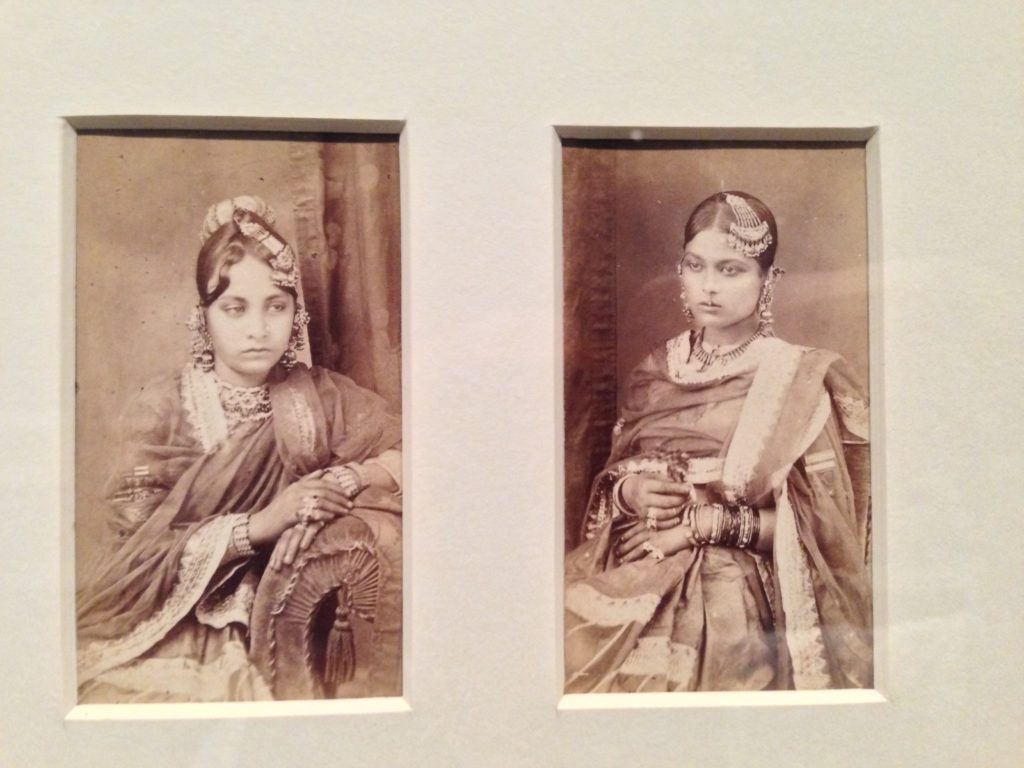
Lucknow Courtesans, 1865-1870
Apart from the cathartic value of such a representation, it transmuted grim reality into mordant comment, marked with their own brand of exaggeration and mockery. The women pointed out the several “morals” embedded in the story to me. Those who dare to hold “moral” objections to the life of a tawa’if should first examine the thankless toil of an average housewife, including her obligation to satisfy a sometimes faithless or alcoholic or violent husband for the sake of a meager living. Such an existence is without dignity, and was not the situation of the housewife tantamount to that of a common prostitute, giving her body for money?” “It is we who are brought up to live in sharafat [genteel respectability] with control over our bodies and our money and they who suffer the degradation reserved for lowly [neech] women.”
The women pointed out the several “morals” embedded in the story to me. Those who dare to hold “moral” objections to the life of a tawa’if should first examine the thankless toil of an average housewife, including her obligation to satisfy a sometimes faithless or alcoholic or violent husband for the sake of a meager living. Such an existence is without dignity, and was not the situation of the housewife tantamount to that of a common prostitute, giving her body for money?” “It is we who are brought up to live in sharafat [genteel respectability] with control over our bodies and our money and they who suffer the degradation reserved for lowly [neech] women.”
Such vivid reversals of social perception and logic are stock idioms in the courtesan’s speech and song. Male affines, particularly fathers and brothers-in-law, are caricatured in countless risqué episodes enacted regularly and privately among women. They mock the repressive relationships and male sexuality in the conjugal home, even as they amuse, educate, and edify the denizens of the kotha. The routines, studded with subversive and irreverent jokes and obscene gestures, are performed like secret anti-rites, which have been carefully distilled and historically transmitted from generation to generation, to form the core of their private consciousness and oral heritage.
I had also seriously questioned the courtesans’ use of the burqa, which is a long overcloak that Muslim women in purdah wear for extended seclusion outside the home. This cloak, usually black or white, is worn over regular clothes and covers the wearer from head to foot. It has a small rectangular piece of netting that fits over the eyes that enables the wearers to see, while they cannot be seen at all. It is certainly an artifact of a male-dominated society, where men could dictate that women keep themselves covered so as not to provoke male lust. It was, at first, inexplicable why tawa’if not only used the burqa to move around when they went visiting or shopping, but actually insisted that I too should wear one as they led me to other kothas in the vicinity, because injunctions about female modesty did not apply to them. It was precisely because they were not expected to be in purdah, they reasoned, in another classic reversal of patriarchal logic, that they chose to block the gaze of men. It was an extension of the autonomy they enjoyed in their living space and their jism (bodies), unlike “normal” women whose bodies were the property of their husbands and who were secluded but lacked privacy in their own homes. The latter were kept in purdah to maintain (and increase) khandani izzat, or family honor; for them to show their faces in public would bring disgrace to their families. “Ah, but our case is just the opposite,” said Saira, “men long to see our faces. If they could brag among their friends that they had seen Gulbadan or Amiran in the bazaar without a covering, they would go up in the esteem in which their friends hold them. We are not in the business of giving them cheap thrills. While we walk freely and anonymously in public places, looking at the world through our nets, they are deprived because we have blinkered them. We do not, as you know, bestow anything on men without extracting its price.” I would have disputed this had I not experienced the freedom the burqa gave me to walk along the winding alleys in a very old fashioned and gossip-filled city, where I formerly never passed without being accosted with vulgar taunts from the idle youths who mill on the streets. These women had appropriated the power of the gaze while eluding the leer of sexually frustrated men.
These women had appropriated the power of the gaze while eluding the leer of sexually frustrated men.
A great deal has been said and is known about the rigorous training and education courtesans undergo to ultimately please and entertain their patrons. What has never received discursive treatment, because of its very nature, is their secret skill-the art of nakhra, or pretense, that courtesans have to master in order to spare no opportunity of coaxing money out of their patron and his friends. Their avowed and unabashed purpose is to amass a tidy fortune as early in their careers as possible, so that they can invest the surplus in income-producing properties or enterprises and retire comfortably at the age of thirty-five or so. To achieve their material ambitions, they use, in addition to their exorbitant charges, an arsenal of devious routines” that make up the hidden text of an evening’s entertainment. These are subtly deployed to bargain, cajole, and extort extra cash or kind from their unsuspecting clients. Some of these are learned, some invented, some even improvised, but nuances are refigured with care to suit the temperament of a client, or the mood of the moment, to appear “spontaneous.” Repeated rehearsals by the trainee are evaluated by the adept tawa’if, until no trace of the pretense is discernible.
These well-practiced ploys-the feigned headache that interrupts a dance or a song, feigned anger for having been neglected, a sprained ankle, tears, a jealous rage-have beguiled generations of men to lose thousands of extra rupees or gold coins to these women. The tawa’if’s refusal, at a critical juncture, to complete a sexual interlude with a favorite patron is a particularly profitable device, because feigned coital injuries or painful menstrual cramps involve expensive and patient waiting on the part of the patron. Gulbadan said she often carried the game a step further by “allying” herself with the patron against the “offending” courtesan to set the seal of authenticity on the scene. She would scold and even slap her till the patron begged her not to be so harsh. Gulbadan was the privately acclaimed champion of these more serious confidence tricks and others cheerfully confessed to having blackmailed, stolen, lied, and cheated for material gain as soon as they acquired competence in this art. This may sound more like self enrichment than resistance, but because society has virtually denied women control over wealth or property, it is essential to establishing a countercultural way of life.
This may sound more like self enrichment than resistance, but because society has virtually denied women control over wealth or property, it is essential to establishing a countercultural way of life.
The formula, Gulbadan confided, is to win the complete trust of the man. This they do by first mastering all the information about the man-his public reputation, his finances, his foibles and vanities, his domestic life, and the skeletons in his closet.
No man come here openly any more because our salons are regarded as houses of ill-repute in these modern times. Most come to drink and for sexual titillation. We know how to get a man drunk and pliant, so that we can extort whatever we want from him: money, even property, apologies, jewels, perfume, or other lavish gifts. Industrialists, government officers, other business men come here now; they have a lot of black money [undeclared cash] that they bring with them, sometimes without even counting it. We make sure that they leave with very little, if any. We know those who will pay large sums to insure secrecy, so we threaten them with careless gossip in the bazaar or with an anonymous note addressed to their fathers or their wives.
We do not act collectively as a rule but sometimes it may become necessary to do so. We once did a drama against a money lender who came and would not pay us the money he had promised for holding an exclusive soirée for him. So when a police officer who had fallen in love with me came by, we all told him tales of how the wretched man would not return jewels some of us had pawned with him. We filed a police report, he was arrested, and some of the pawned items (which the jeweler had taken from some of our recently. straitened noble patrons) were made over to us by the lovelorn officer, others of his debtors sent us sweets and thanks for bringing the hated Ram Swarup to justice. But our biggest gambit of all is the game of love that makes these men come back again and again, some until they are financially ruined. They return every evening, like the flocks of homing pigeons, in the vain belief that it is we who are in love with them.
In Ruswa’s 1905 novel about Lucknow’s courtesans, this particular nakhra is insightfully described by the protagonist, Umrao Jan: I am but a courtesan in whose profession love is a current coin. Whenever we want to ensnare anyone we pretend to fall in love with him. No one knows how to love more than we do: to heave deep sighs; to burst into tears at the slightest pretext; to go without food for days on end; to sit dangling our legs on the parapets of wells ready to jump into them; to threaten to take arsenic. All these are parts of our game of love. But I tell you truthfully, no man ever really loved me nor did I love any man.
A discussion of the feigning of love for men (a discussion which occurred only after several visits) brought perhaps the most startling ng “hidden” text to light. It was difficult to imagine that these women, even though they were economically independent, educated, and in control of their lives, would spurn the opportunity for real intimacy and emotional stability. Everyone agreed that emotional needs do not disappear with success, fame, or independence; on the contrary, they often intensify. Almost every one of the women I interviewed during these many visits claimed that their closest emotional relationships were among themselves, and eight of them admitted, when I pressed them, that their most satisfying physical involvements were with other women. They referred to themselves as chapatbaz, or lesbians, and to chapti, or chipti, or chapat bazi, or lesbianism. They seemed to attach little importance to labels and made no verbal distinctions between homosexual and heterosexual relations. There was no other “serious” or poetic term for lesbianism, so I settled for the colloquialisms. Their explanation for this was that emotions and acts of love are gender-free. “Serious” words such as mohabbat (Urdu) or prem (Hindi) or “love” (English) are versatile and can be used to describe many kinds of love, such as the love of man or woman, the love for country, for siblings, parents of either sex, so there was no need to have a special term for love between two women. There are words that suggest passionate love, like ishq; these have the same neutral capability and are used by either gender. Although their lesbianism is a strictly private matter for them, the absence of a specialized vocabulary makes it a simple fact of life, like heterosexual love, or the less denied male homosexual love. The lack of terminology or the scrambling of pronouns may also be interpreted as the ultimate disguise for it; if something cannot be named it is easy to deny its existence. In Urdu poetry, ambiguity about gender is not uncommon, and homosexual love often passes for heterosexual love.
“Serious” words such as mohabbat (Urdu) or prem (Hindi) or “love” (English) are versatile and can be used to describe many kinds of love, such as the love of man or woman, the love for country, for siblings, parents of either sex, so there was no need to have a special term for love between two women. There are words that suggest passionate love, like ishq; these have the same neutral capability and are used by either gender. Although their lesbianism is a strictly private matter for them, the absence of a specialized vocabulary makes it a simple fact of life, like heterosexual love, or the less denied male homosexual love. The lack of terminology or the scrambling of pronouns may also be interpreted as the ultimate disguise for it; if something cannot be named it is easy to deny its existence. In Urdu poetry, ambiguity about gender is not uncommon, and homosexual love often passes for heterosexual love.
The frank discussions on the subject of their private sexuality left some of my informants uneasy. I had probed enough into their personal affairs, they insisted, and they were not going to satisfy my curiosity any further; they were uncomfortable with my insistence on stripping their strategic camouflage, by which they also preserved their emotional integrity. Their very diffidence to talk about their lesbianism underscores the thesis that they believe in a quiet, but profound, subversion of patriarchal values. It became clear that for many of them heterosexuality itself is the ultimate nakhra and feigned passion an occupational hallmark. My ardor for precise statistics faded as the real and theoretical implications of their silences and their disguises began to emerge. And it is to these that I now turn.
What do all these stories signify? Does the courtesans’ presentation of their life-style add up to a subversion of existing gender relations in heterosexual marriage? Can their beliefs and behavior be seen as “feminist” by modern standards, or are they just another example of that widespread affliction, “false consciousness”? How do we reconcile the horizontal stratifications of class with the vertical divide of gender and their anomalous position in either group? Do they qualify as a subaltern group as women or as an elite group by virtue of their power and connections? Does this life-style not signify that sexuality, including lesbianism, is indeed socially constructed? Let me begin to hack at this thicket by citing Romila Thapar’s perspective on Hindu ascetics. In taking ascetics (an equally unlikely-seeming group of rebels) both as individuals or in organized groups, as dissenters, she sees in their rejection of the grahasta-ashrama, or the householder stage in a prescribed four-stage cycle (student, householder, reclusive, and ascetic) of an upper-caste Hindu male’s life, the essence of their rebellion.
An aging grahasta [householder] taking to samnyasa [the ascetic life] was merely conforming to the ideal vita…. The negation of the family as a basic unit of society is evident from the opposition to the grahasta status and specially the insistence on celibacy. [Inherent in the act of opting out of the existing life style and substituting it with a distinctively different one… [is that] the characteristics of the new life-style be seen as a protest against the existing one. To this extent such movements may be regarded as movements of dissent. But the element of protest was muted by the wish, not to change society radically, but to stand aside and create an alternative system.
The life-style of female ascetics could not be reckoned as a true counterpart because, as Thapar points out, female ascetics, with few exceptions, were always subordinate to the authority of males. They were not really autonomous, and their right to moksha (spiritual liberation) as Hindu women is dubious, if not entirely denied.
I would argue that the true female counterpart of the rebellious ascetic, and perhaps the far more daring, is the tawa’if. By listening carefully to the stories the courtesans tell, it becomes undeniable that they, too, are rebelling, all the more explicitly, against the housewifely stage, since this is the only “stage of life” implicitly mandated for all women in both Hindu and Islamic cultural systems. It is in this stage that the woman must achieve total fulfillment, because she does not graduate, as the man does, to a more mature level. The informal “student stage” for a girl used to be, and still is for the majority, the acquisition of practical experience in housework and childcare. Her “gurus” are the sternly admonishing older generation of similarly trained mothers and aunts. Modesty, obedience, and other subordinate behavior patterns are drilled in to her until she comes to hold the single-minded belief that her eligibility for marriage is the only index of her worth. It is the “normal” woman’s social and sexual regimen that courtesans-in-the making must unlearn and supplant by undergoing a radically different socialization process and adopt the life-style that gives them the liberation they desire, without jerking the reflexive muscle of a repressive system.
I would argue that the true female counterpart of the rebellious ascetic, and perhaps the far more daring, is the tawa’if. By listening carefully to the stories the courtesans tell, it becomes undeniable that they, too, are rebelling, all the more explicitly, against the housewifely stage, since this is the only “stage of life” implicitly mandated for all women in both Hindu and Islamic cultural systems. It is in this stage that the woman must achieve total fulfillment, because she does not graduate, as the man does, to a more mature level. The informal “student stage” for a girl used to be, and still is for the majority, the acquisition of practical experience in housework and childcare. Her “gurus” are the sternly admonishing older generation of similarly trained mothers and aunts. Modesty, obedience, and other subordinate behavior patterns are drilled in to her until she comes to hold the single-minded belief that her eligibility for marriage is the only index of her worth. It is the “normal” woman’s social and sexual regimen that courtesans-in-the making must unlearn and supplant by undergoing a radically different socialization process and adopt the life-style that gives them the liberation they desire, without jerking the reflexive muscle of a repressive system.
Although life-styles of the male ascetic and the female courtesan are both modes of social dissent, the sexual differences, and the social prescriptions on which they are predicated, produce interestingly contrasted strategies and ideologies. The former emerges from a religious interpretation of grahasta with the denial of sexuality, lineage, and property ownership, as its strategic thrust to gain spiritual liberation. The latter, on the other hand, emerges from the secular and domestic context in which women’s lives are enmeshed. The courtesans seek material and social liberation by reversing the constraints imposed on women’s chastity and economic rights and by establishing a female lineage of selected and ascriptive members who make up their gharana. The male becomes celibate, renounces property and the privileges of his gender in this world of “other-worldly rewards; the female becomes sexually active and aggressively acquisitive, prefers autonomy to “virtue,” and seeks this-worldly “women’s liberation.”
Yet some consequences of these divergent paths are strikingly similar. Both life-styles subvert the hierarchies of caste and class, because in both groups lower caste and economically disadvantaged persons find refuge. The tawa’if have created a secular meritocracy based on talent and education, accepting Hindus and Muslims alike. They too, like the ascetics, hold positions of respect by the society at large, and both countercultures exist by maintaining vital links to the overarching patriarchal culture, while consciously inverting or rejecting its values. Although neither group has the pretension of changing the entrenched notions of the householder stage, both serve their own personal ends by elaborate strategies of avoidance. By opting for the institutional security of a monastery or a brothel, both groups wielded political power in the past through the powerful heads of sects in ancient Hindu kingdoms in the subcontinent or through the chaudharayan in precolonial Lucknow and other court cities, such as Hyderabad, Ram Banaras, Bijapur, and Golkonda. In unfavorable historical circumstances, both groups lost political power, but their patented life-styles still remain viable modes for women and men to elude the shackles of patriarchy and seek their own brands of liberation.
During the reign of the nawabs of Awadh, these women could manipulate powerful courtiers and the nawabs themselves, and even the most powerful patron did not have any authority over the women’s lives. The executive authority and managerial functions were the exclusive preserve of the chaudharayan and her appointees. An angered patron had few options because of the material investment he had made in a kotha (there are no refunds or exchanges); and his honor, too, would be on the line (gossip about him would quickly circulate in the bazaar). It is therefore not the patron who is ultimately significant but the matron, who creates the ethos, reputation, and the quality of life and services in her establishment.
The courtesan’s position is of course much diminished by the events and reconfigurations of power in the colonial and post colonial periods. Fully aware of this history, these women find hope in other educational and employment opportunities that have recently opened up for women, for their basic goal is to free themselves from direct economic dependence on men. They already had daughters or nieces competing for and obtaining posts in the banking system, or pleaders in the local courts, but these professions were not, as Chhote Miyan, the Persian-speaking son of one of the courtesans and my first informant, pointed out, way of life. Women might become financially independent but without the refuge of the kotha they would again be forced to marry and possibly suffer the degradation at the hands of unsympathetic husbands. Amiran’s daughter, a banker, chose to marry. “We were wary of this alliance,” Amiran recollected, “and sure enough her husband took up with another woman and my daughter and granddaughter are back with us. She looks after our investments and bank work, so that she does really contribute the household with her labor just we all do.” In other words, they shrewdly recognized that while financial independence was important, it does not solve the central problem of gender inequality inherent within marriage in patriarchal society.
… they shrewdly recognized that while financial independence was important, it does not solve the central problem of gender inequality inherent within marriage in patriarchal society.
Some of the covert strategies courtesans that I have described earlier defy analysis, for they do not fit the scholarly definitions “protest” and “resistance.” The defections of abused daughters, child widows, or unhappy wives high-class prostitution are deed unorganized, sporadic, individual attempts prompted by thoughts of self-preservation or self-interest rather than by hopes of wider social change. The courtesan’s nakhre, which include blackmail, theft, confidence games, and even feigned heterosexuality, smack more of sleazy underworld than the acts of termined rebels, particularly because the consequences of such acts neither threaten nor change the overall power relations against which they are aimed. Most of my analytical and definitional qualms have been dealt with James C. Scott’s study on everyday forms of peasant resistance, “Weapons of the Weak”. He refutes theoretical objections and accusations of excessive romanticism compellingly, that find pertinent quote him some length:
Real resistance, it is argued, is organized, systematic, and cooperative, (b) principled selfless, has revolutionary consequences, and/or embodies ideas intentions that negate the basis domination itself. Token, incidental, epiphenomenal activities by contrast, are (a) unorganized, unsystematic, and individual, (b) opportunistic and self-indulgent, (c) have revolutionary consequences, and/or imply, their intention meaning, an accommodation with the system domination. These distinctions are portant for analysis… [but my] quarrel with the contention that the latter forms are ultimately trivial or inconsequential, while only the former could be said to constitute real resistance. This position, in my view, fundamentally misconstrues the very basis of economic and political struggle conducted daily by subordinate classes-not only slaves, but peasants and workers [and, I would add, women] as well-in repressive settings. It is based on an ironic combination of both Leninist and bourgeois assumptions of what constitutes political action. The problem lies in what is a misleading, sterile, and sociologically naive insistence upon distinguishing “self-indulgent,” individual acts, on the one hand, from presumably “principled, selfless, collective actions, on the other, and excluding the former from the category of real resistance.”
If traditional constructs of class and class struggle are not directly relevant to the clandestine and unorganized struggles of the peasants in Malaysia who Scott studied, they are even farther removed from the arena of gender relations and the courtesans’ style of reversing an oppressive order. One does not use a hammer to prune a rose bush. Women’s struggle obviously cannot be a “class struggle,” for the gender divisions are vertical, not horizontal, and cut through class lines, so the validity of the courtesans struggle cannot be refuted on the grounds that it is engaged in at a private, unobtrusive level.
Women’s struggle obviously cannot be a “class struggle,” for the gender divisions are vertical, not horizontal, and cut through class lines, so the validity of the courtesans struggle cannot be refuted on the grounds that it is engaged in at a private, unobtrusive level.
The courtesans have uniquely combined the elements of struggle for their material needs with those of an ideological struggle against patriarchal values, by creating and hiding behind their many masks. They live in outward harmony with male power and male sexuality, for the struggle can only be effective if their subterfuges are mistaken for compliance and their true intentions as collusion with men against other women. Their cooperation with some women outside the kotha, such as the khangi, or the married women to whom they rent space, so that they too can earn (undisclosed) extra money is also little known, and it would be no longer politic or possible if it were uncovered.
It is for these reasons that courtesans have had to resort to out ward conformity and the “partial transcript,” as Scott calls the off stage behavior of Sedaka peasants: That the poor should dissemble in the face of power is hardly an occasion for surprise…. No close account of the life of subordinate classes can fail to distinguish between what is said backstage and what may be safely declared openly.” If it can still be argued that no matter what the tawa’if s self-perceptions, actions, goals, and ideology are, they were and are still complicitous in perpetuating patriarchal relations in society, it is to insist on the ideal instead of the possible in a struggle for power. As Gulbadan, the oldest courtesan I interviewed, responded to this question: “I know we are blamed for enabling men to perpetuate their double moral standards and dominating women. Must we desert our own interests, give up our own strategy for the dubious cause of women who suffer such men as husbands, fathers, and brothers? Today we are silent, we are despised and the law has cracked down on us; has that helped the cause of women or only made life harder for us? In fact, their silence is so complete that, for all official intents and purposes (such as taxation), this category of women is no longer acknowledged in postcolonial India. This for them is a mixed result. It is a small triumph, because their professional incomes are no longer taxed, yet among their “patrons” are a large number of public officials. It is a larger defeat because officialdom can piously claim that they have banned female sexual exploitation while converting their once-proud profession into a species of “vice.”
And finally I return to the question of sexuality, as reality and as a nakhra, because there is the larger question, that of the social construction of sexuality, that may well be illuminated by analyzing the world view of courtesans of Lucknow. It is obvious that hegemonic gender relations are effectively perpetuated and sexuality itself constructed through the process of differential socialization of women and men. I would (tentatively) argue further that by systematically reversing the socialization process for females, in order to combat the disabilities inherent in women’s existing social and sexual roles, the courtesans have logically “constructed” lesbian existence as a legitimate alternative, just as much as Indian society at large constructs and enforces, through the institution of compulsory marriage, heterosexuality as normative behavior. Heterosexual relations for most of the courtesans was work, not pleasure. Right from birth, if we recall the testimony of Chhote Miyan, the female is celebrated, empowered, cherished; those who arrive as adolescents in the kotha are methodically reeducated within the context of this parallel and exclusive society of women, and its “woman-centered vision of power relations. Their relationships with men in the kotha are congenial but businesslike; except for kin, only very few ever become emotional bondsmen. Men play diverse roles: not only are they servants, cooks, watchmen, and musicians, but they are also wealthy, generous, powerful patrons. The latter relate on equal terms with the courtesans precisely because power is genuinely shared in that cultural setting. Arguably, it is therefore in the kotha, rather than in the “normal” world, that female sexuality has the chance of being more fairly and fearlessly constructed by women.
I would (tentatively) argue further that by systematically reversing the socialization process for females, in order to combat the disabilities inherent in women’s existing social and sexual roles, the courtesans have logically “constructed” lesbian existence as a legitimate alternative, just as much as Indian society at large constructs and enforces, through the institution of compulsory marriage, heterosexuality as normative behavior. Heterosexual relations for most of the courtesans was work, not pleasure.
I do not have the space to explore the subject cross-culturally to offer, in support of this contention, the growing evidence of lesbianism in brothels, salons, geisha houses, and apartments of call girls in international capitals, which is a universal common denominator across time and space. That sexuality competes with economics for priority in the struggle against gender inequality is not surprising. That male sexual control and aggression is neutralized in a setting where the heterosexual sex act is mere routine, and passion and pleasure are simulated or distanced, is, perhaps, an essential mechanism that women, both wives and prostitutes, have universally used to preserve their emotional integrity and dignity. All the courtesan’s nakhre, particularly the sexual pretenses, are brilliantly echoed in the following interview Studs Terkel conducted, in the early 1970s, with a Chicago hooker, Roberta Victor:
Of course we faked it…. The ethic was:… You always fake it. You’re putting something over on him and he is paying for something he really didn’t get. That’s the only way you keep any sense of self-respect. The call girl ethic is very strong. You were the lowest of the low if you allowed yourself to feel anything. The way you maintain your integrity is by acting all the way through. Here I was doing absolutely nothing, feeling nothing, and in twenty minutes I was going to walk out with fifty dollars in my pocket…. How many people could make fifty dollars for twenty minutes’ work? [and] no taxes, nothing! The overt hustling society is the microcosm of the rest of society. The power relations are the same and the games are the same. Only this one I was in control of. The greater one I wasn’t.
Roberta’s philosophy of life and her indictment of contemporary American society matches, in startling detail, that of the courtesans of Lucknow, and this “coincidence,” including a lesbian lover, gives their stories a timeless, transcultural resonance. In quest of a room of their own and considerably more than five hundred pounds a year, these women had taken control of their lives by reversing not only the social rules but even the sexual fantasies of patriarchy.
Veena Talwar Oldenburg’s essay has been carried with the permission of its author. It has been presented without its abstract, citations, footnotes and bibliography for purposes of easier reading. You can read the paper in its entirety here.
Born and educated in Lucknow, Veena Talwar Oldenburg moved to the United States in 1970 and stayed on after her PhD in history to teach and share a life with Philip Oldenburg in New York. She is currently a Professor of History at Baruch College and The Graduate Center of the City University of New York. She has written several scholarly articles and published two books, The Making of Colonial Lucknow, 1856-1877 (University of Princeton Press) and Dowry Murder: The Imperial Origins of a Cultural Crime (Oxford University Press, New York).
| 2500 BC - Present | |

|
2500 BC - Present |
| Tribal History: Looking for the Origins of the Kodavas | |
| 2200 BC to 600 AD | |

|
2200 BC to 600 AD |
| War, Political Violence and Rebellion in Ancient India | |
| 400 BC to 1001 AD | |

|
400 BC to 1001 AD |
| The Dissent of the ‘Nastika’ in Early India | |
| 600CE-1200CE | |

|
600CE-1200CE |
| The Other Side of the Vindhyas: An Alternative History of Power | |
| c. 700 - 1400 AD | |
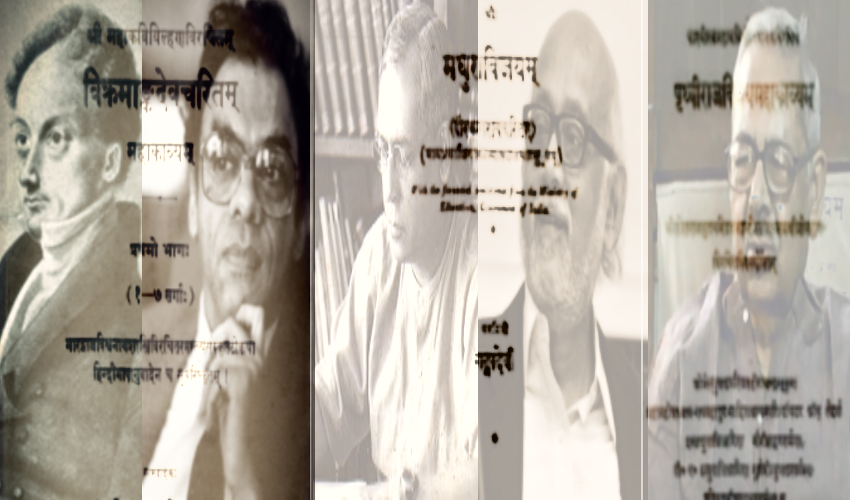
|
c. 700 - 1400 AD |
| A Historian Recommends: Representing the ‘Other’ in Indian History | |
| c. 800 - 900 CE | |
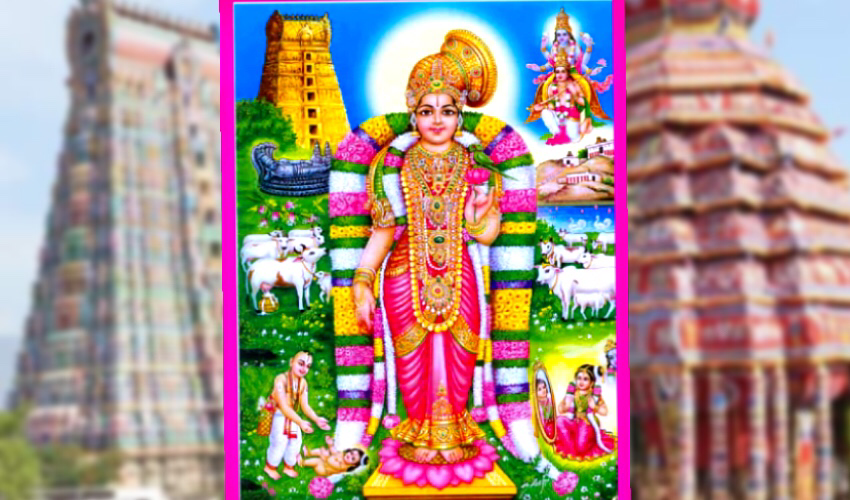
|
c. 800 - 900 CE |
| ‘Drape me in his scent’: Female Sexuality and Devotion in Andal, the Goddess | |
| 1192 | |
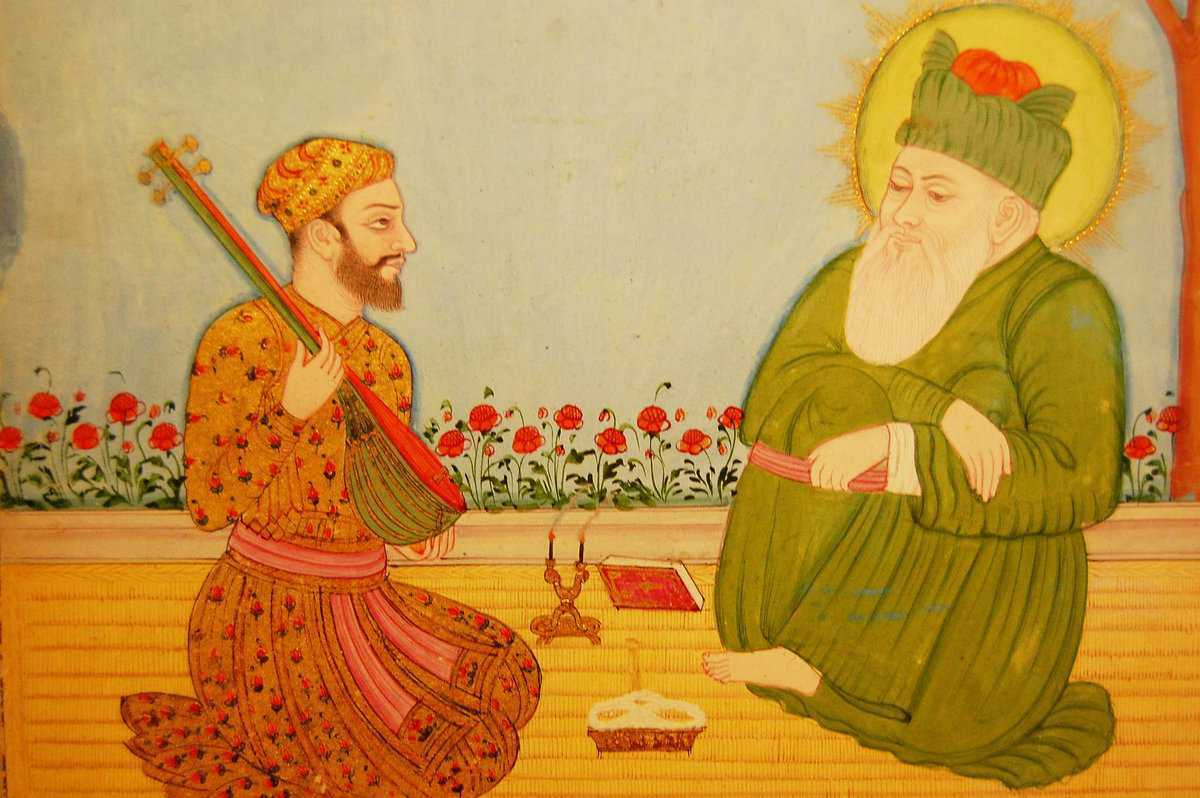
|
1192 |
| Sufi Silsilahs: The Mystic Orders in India | |
| 1200 - 1850 | |

|
1200 - 1850 |
| Temples, deities, and the law. | |
| c. 1500 - 1600 AD | |
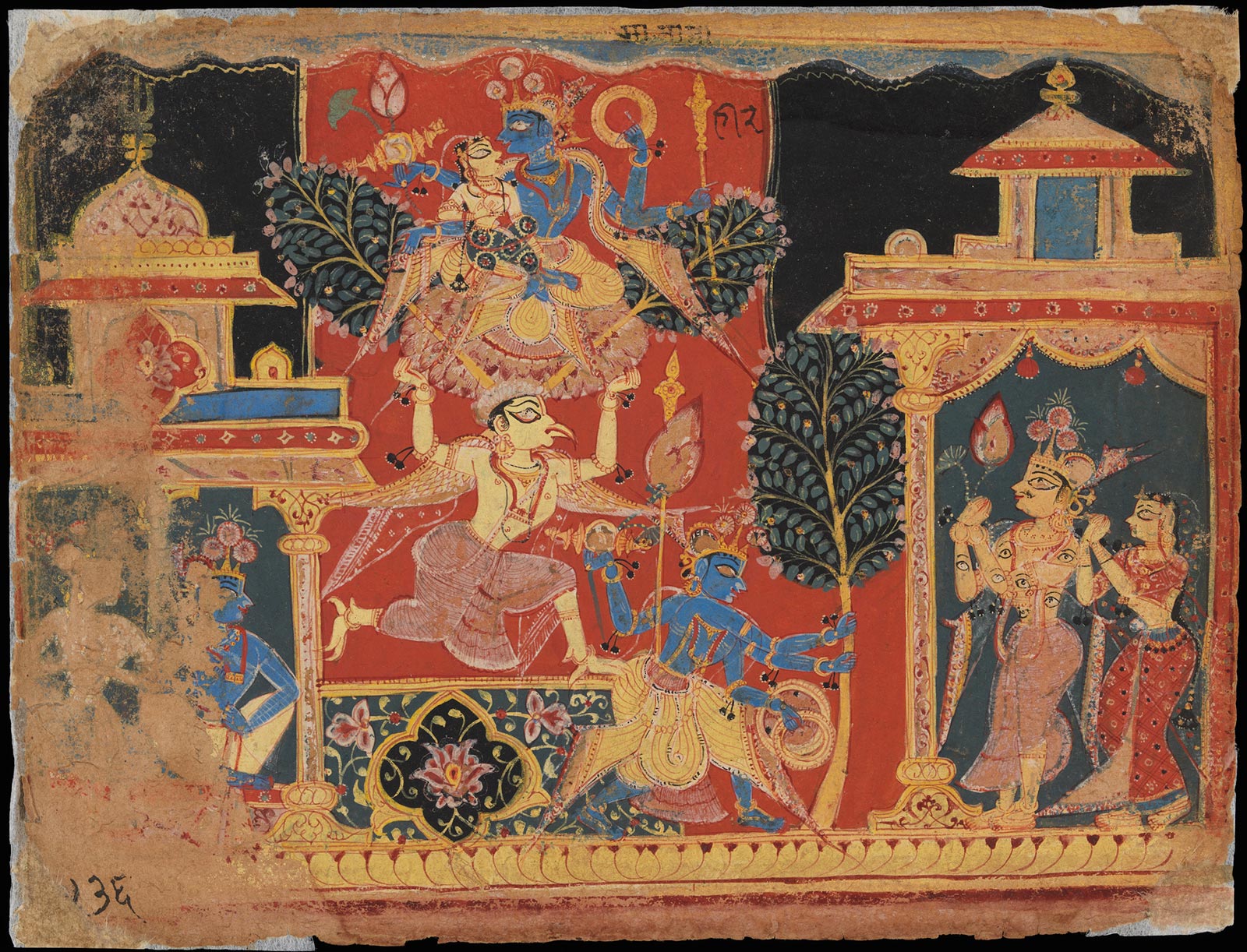
|
c. 1500 - 1600 AD |
| A Historian Recommends: Religion in Mughal India | |
| 1200-2020 | |
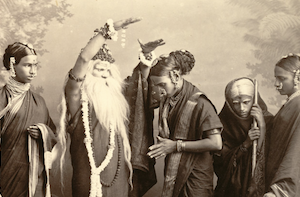
|
1200-2020 |
| Policing Untouchables and Producing Tamasha in Maharashtra | |
| 1530-1858 | |

|
1530-1858 |
| Rajputs, Mughals and the Handguns of Hindustan | |
| 1575 | |
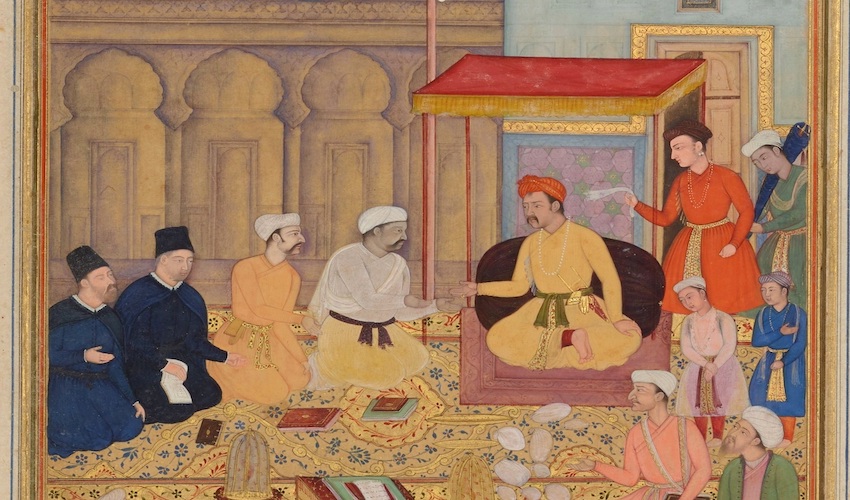
|
1575 |
| Abdul Qadir Badauni & Abul Fazl: Two Mughal Intellectuals in King Akbar‘s Court | |
| 1579 | |
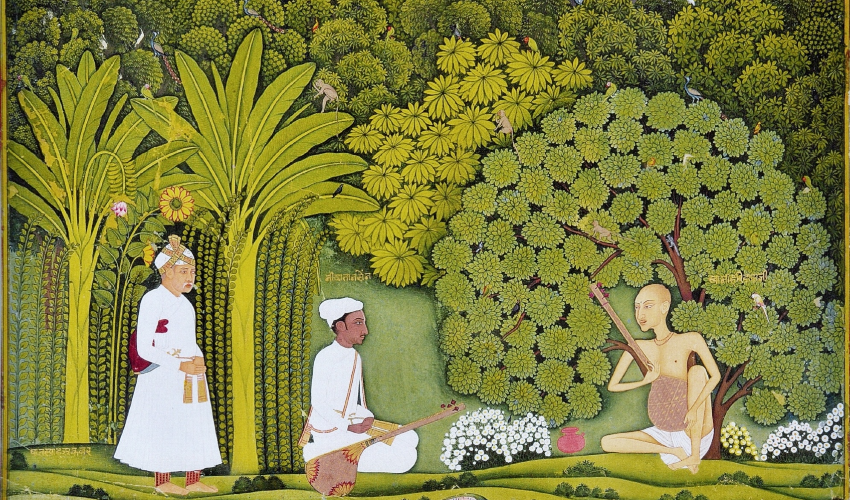
|
1579 |
| Padshah-i Islam | |
| 1550-1800 | |
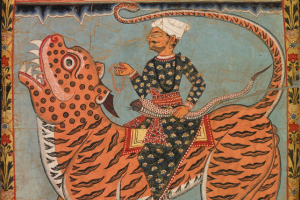
|
1550-1800 |
| Who are the Bengal Muslims? : Conversion and Islamisation in Bengal | |
| c. 1600 CE-1900 CE | |

|
c. 1600 CE-1900 CE |
| The Birth of a Community: UP’s Ghazi Miyan and Narratives of ‘Conquest’ | |
| 1553 - 1900 | |
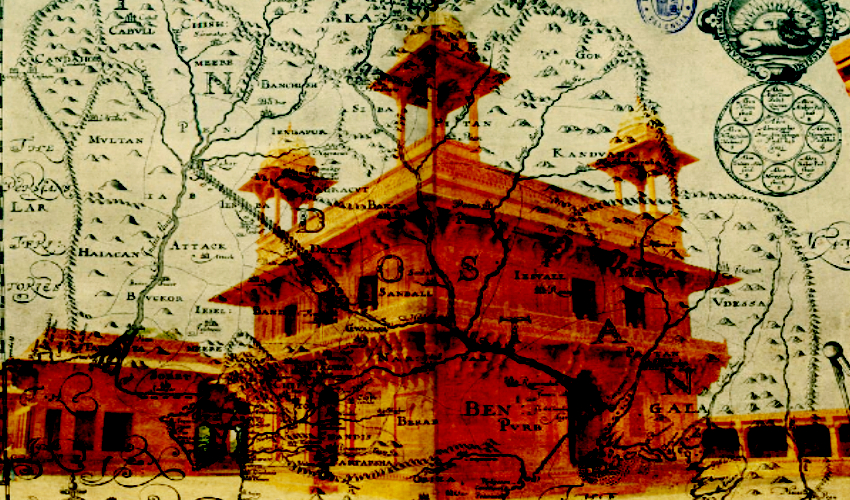
|
1553 - 1900 |
| What Happened to ‘Hindustan’? | |
| 1630-1680 | |

|
1630-1680 |
| Shivaji: Hindutva Icon or Secular Nationalist? | |
| 1630 -1680 | |
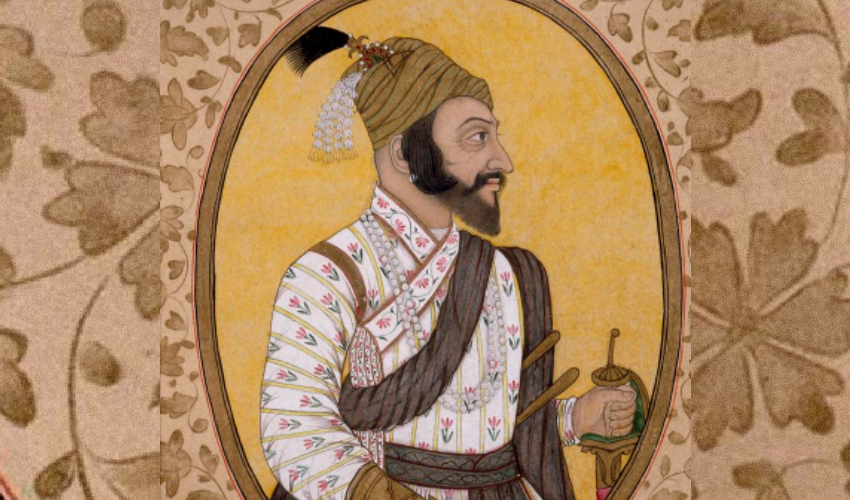
|
1630 -1680 |
| Shivaji: His Legacy & His Times | |
| c. 1724 – 1857 A.D. | |

|
c. 1724 – 1857 A.D. |
| Bahu Begum and the Gendered Struggle for Power | |
| 1818 - Present | |
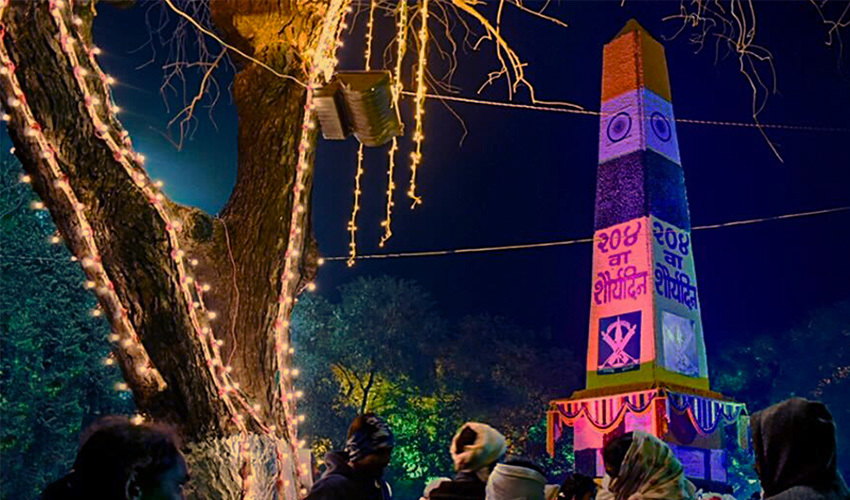
|
1818 - Present |
| The Contesting Memories of Bhima-Koregaon | |
| 1831 | |
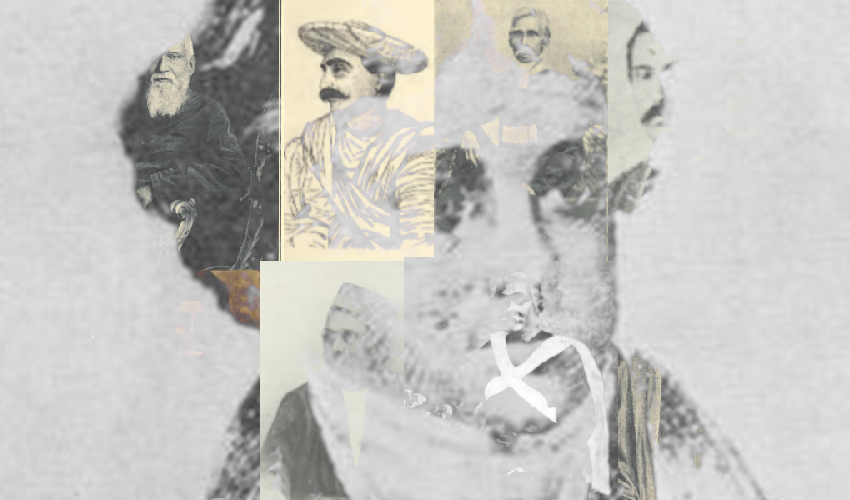
|
1831 |
| The Derozians’ India | |
| 1855 | |

|
1855 |
| Ayodhya 1855 | |
| 1856 | |
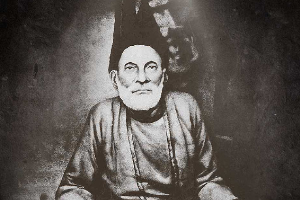
|
1856 |
| “Worshipping the dead is not an auspicious thing” — Ghalib | |
| 1857 | |
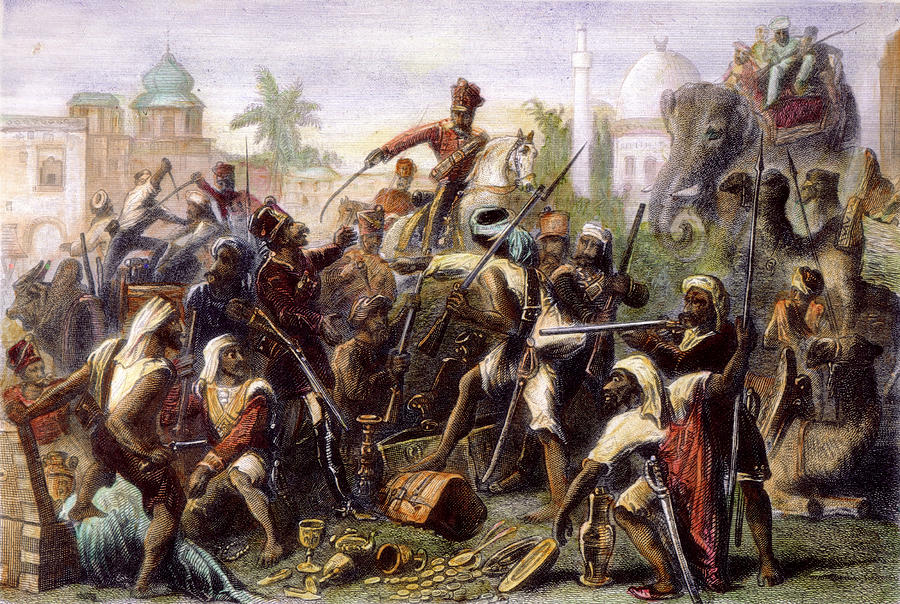
|
1857 |
| A Subaltern speaks: Dalit women’s counter-history of 1857 | |
| 1858 - 1976 | |
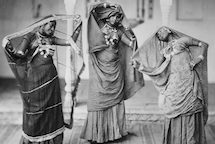
|
1858 - 1976 |
| Lifestyle as Resistance: The Curious Case of the Courtesans of Lucknow | |
| 1883 - 1894 | |
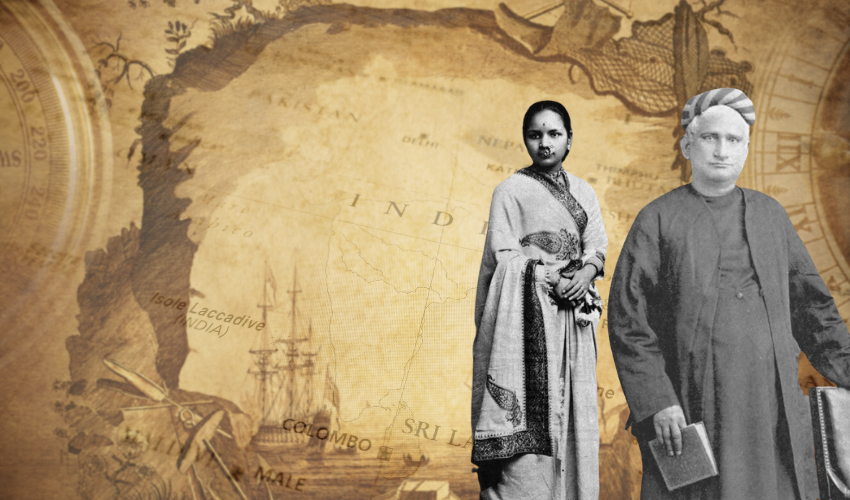
|
1883 - 1894 |
| The Sea Voyage Question: A Nineteenth century Debate | |
| 1887 | |
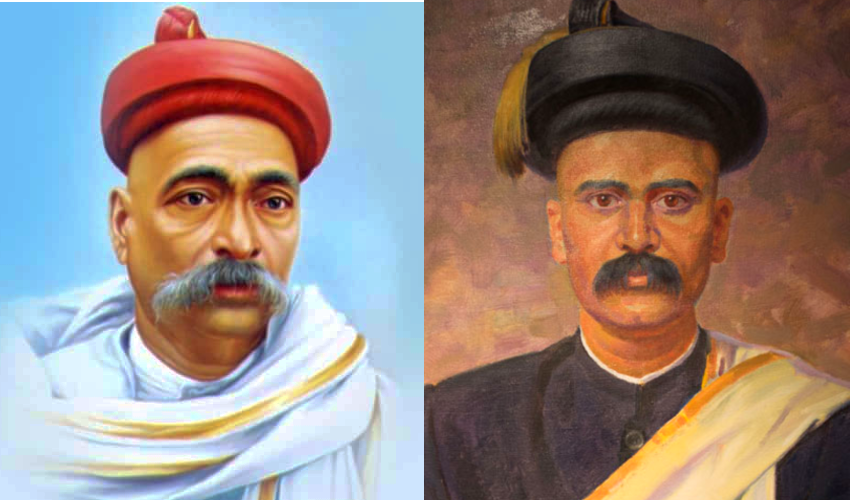
|
1887 |
| The Great Debaters: Tilak Vs. Agarkar | |
| 1893-1946 | |
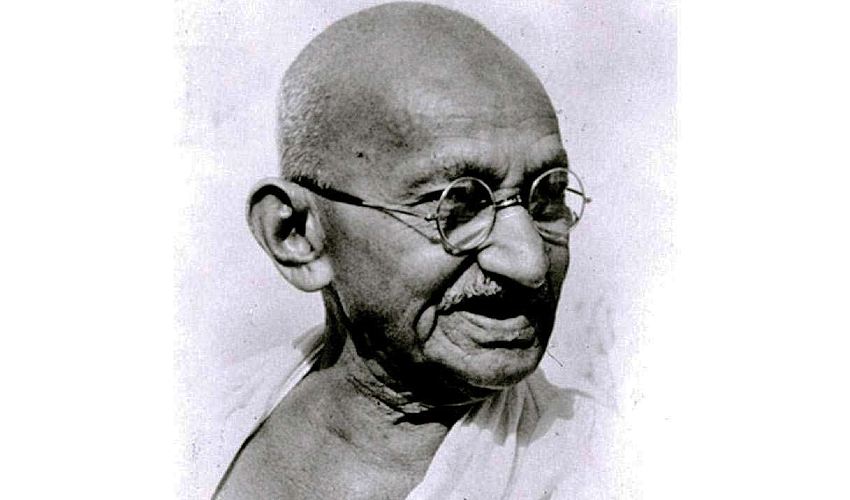
|
1893-1946 |
| A Historian Recommends: Gandhi Vs. Caste | |
| 1897 | |
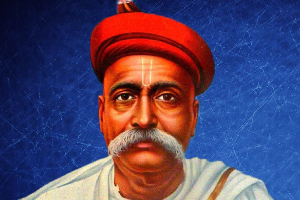
|
1897 |
| Queen Empress vs. Bal Gangadhar Tilak: An Autopsy | |
| 1913 - 1916 Modern Review | |
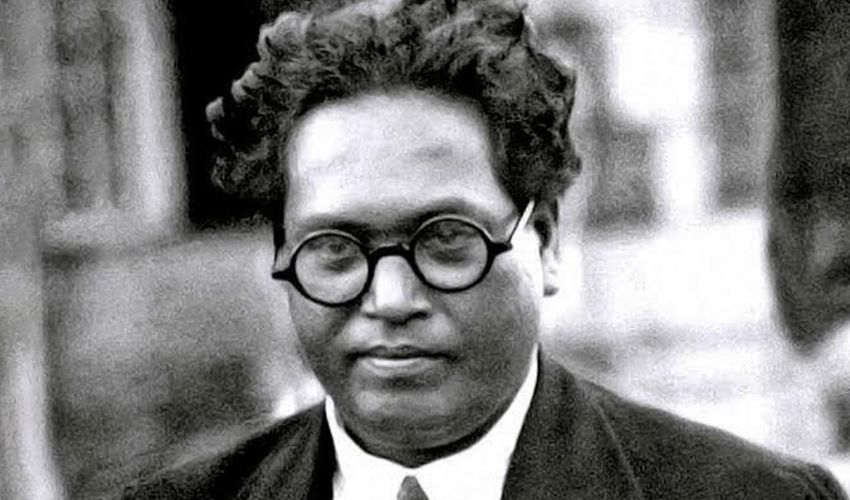
|
1913 - 1916 |
| A Young Ambedkar in New York | |
| 1916 | |
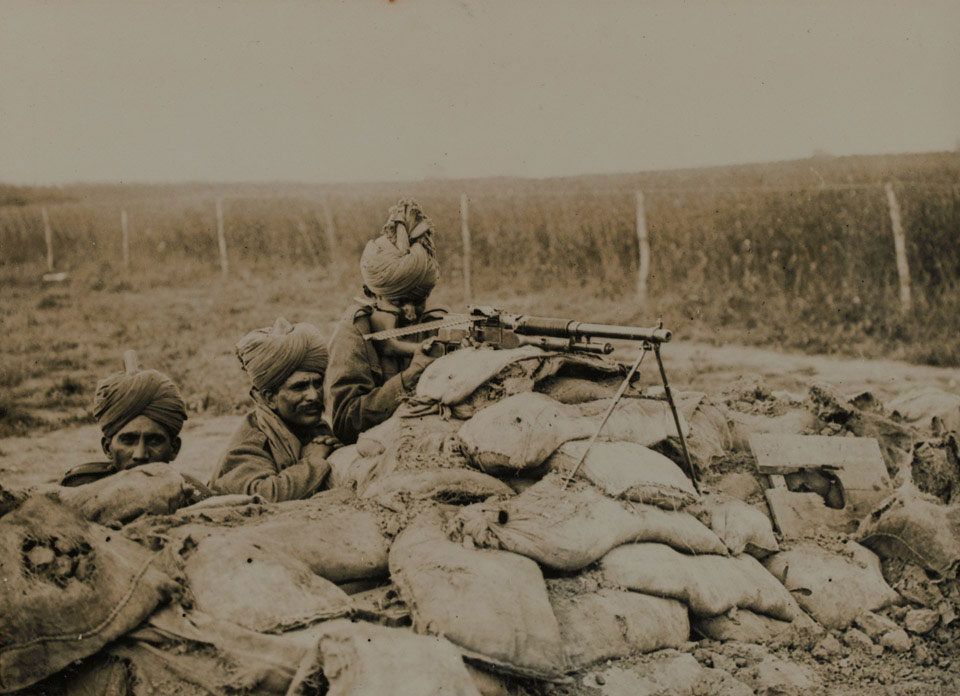
|
1916 |
| A Rare Account of World War I by an Indian Soldier | |
| 1917 | |
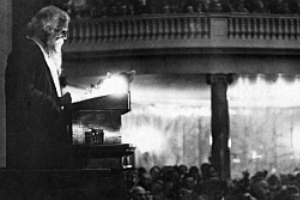
|
1917 |
| On Nationalism, by Tagore | |
| 1918 - 1919 | |

|
1918 - 1919 |
| What Happened to the Virus That Caused the World’s Deadliest Pandemic? | |
| 1920 - 1947 | |

|
1920 - 1947 |
| How One Should Celebrate Diwali, According to Gandhi | |
| 1921 | |
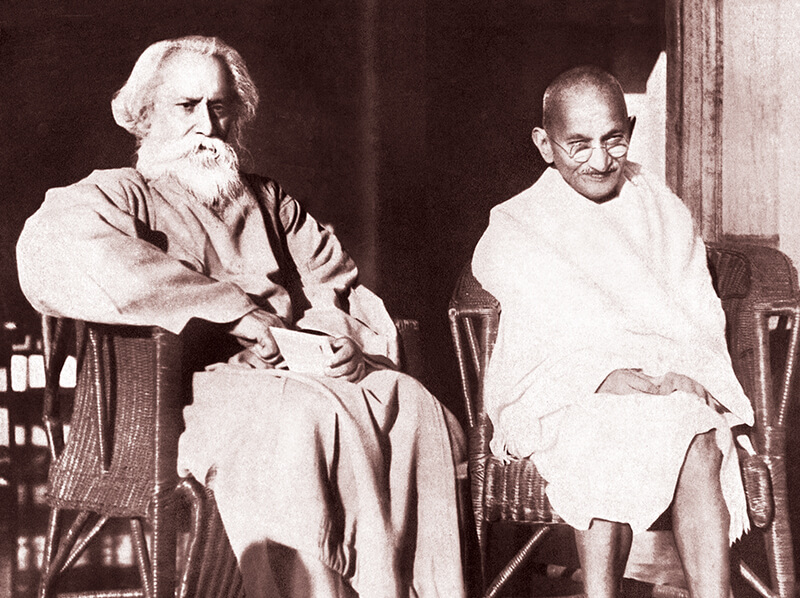
|
1921 |
| Great Debates: Tagore Vs. Gandhi (1921) | |
| 1921 - 2015 | |
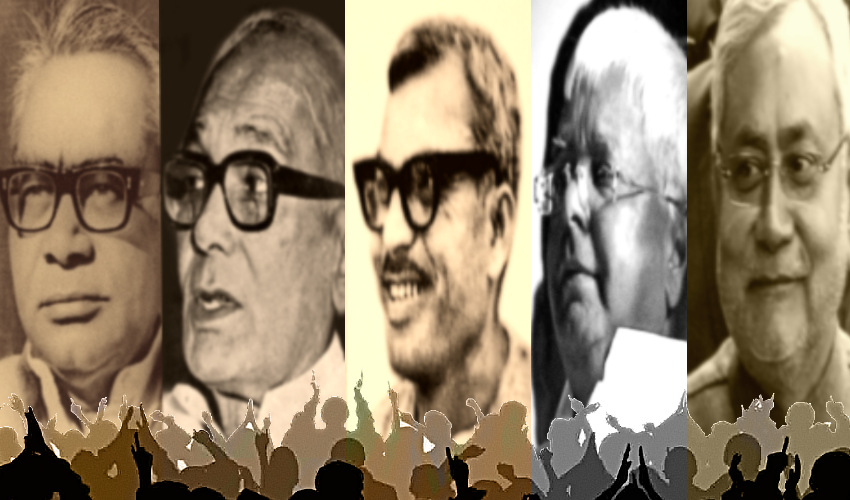
|
1921 - 2015 |
| A History of Caste Politics and Elections in Bihar | |
| 1915-1921 | |
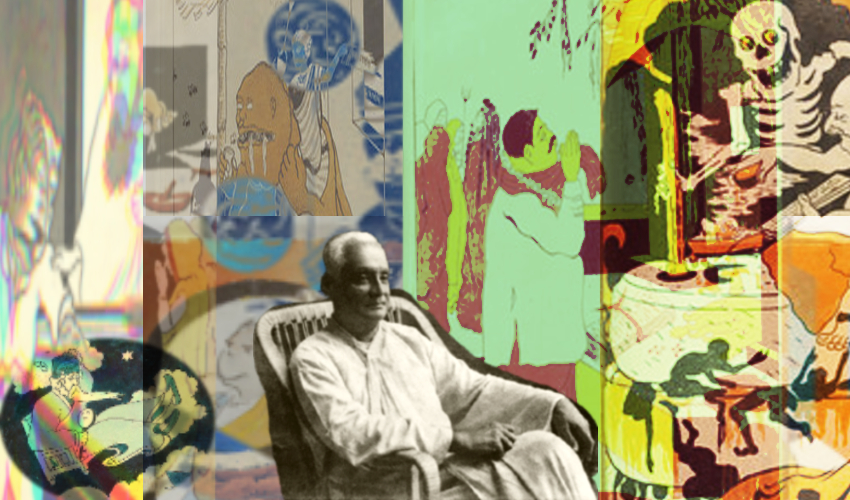
|
1915-1921 |
| The Satirical Genius of Gaganendranath Tagore | |
| 1924-1937 | |

|
1924-1937 |
| What were Gandhi’s Views on Religious Conversion? | |
| 1900-1950 | |
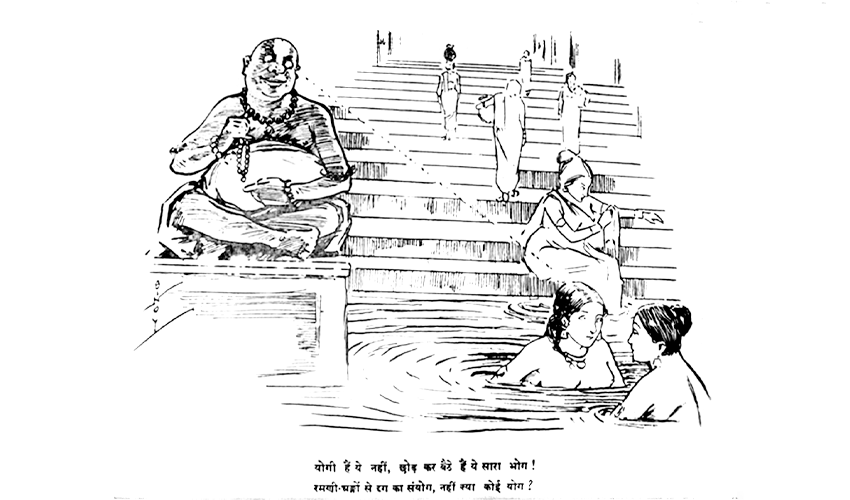
|
1900-1950 |
| Gazing at the Woman’s Body: Historicising Lust and Lechery in a Patriarchal Society | |
| 1925, 1926 | |
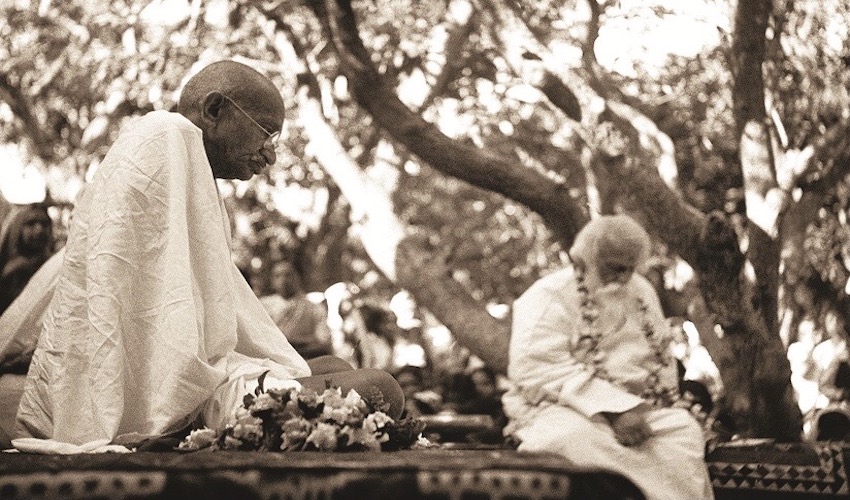
|
1925, 1926 |
| Great Debates: Tagore vs Gandhi (1925-1926) | |
| 1928 | |
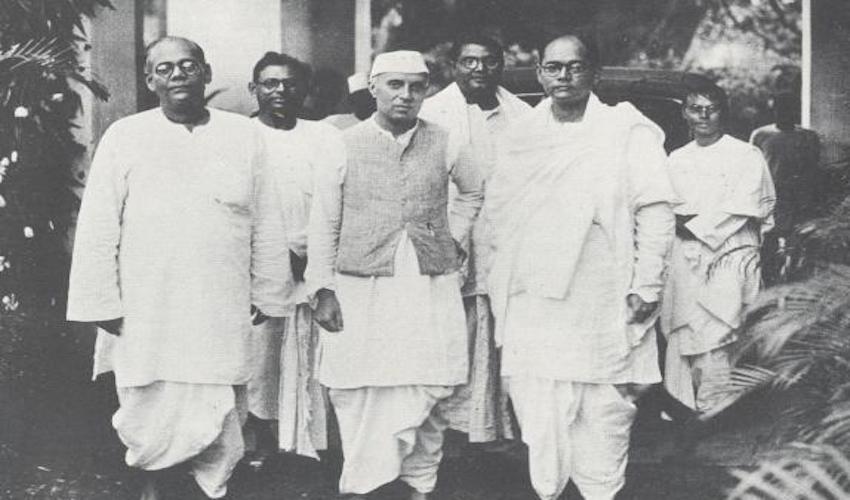
|
1928 |
| Bhagat Singh’s dilemma: Nehru or Bose? | |
| 1930 Modern Review | |
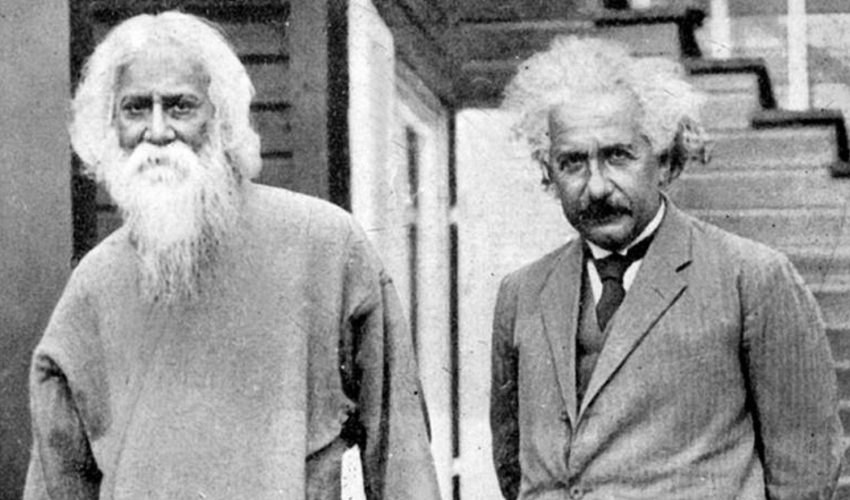
|
1930 |
| The Modern Review Special: On the Nature of Reality | |
| 1932 | |
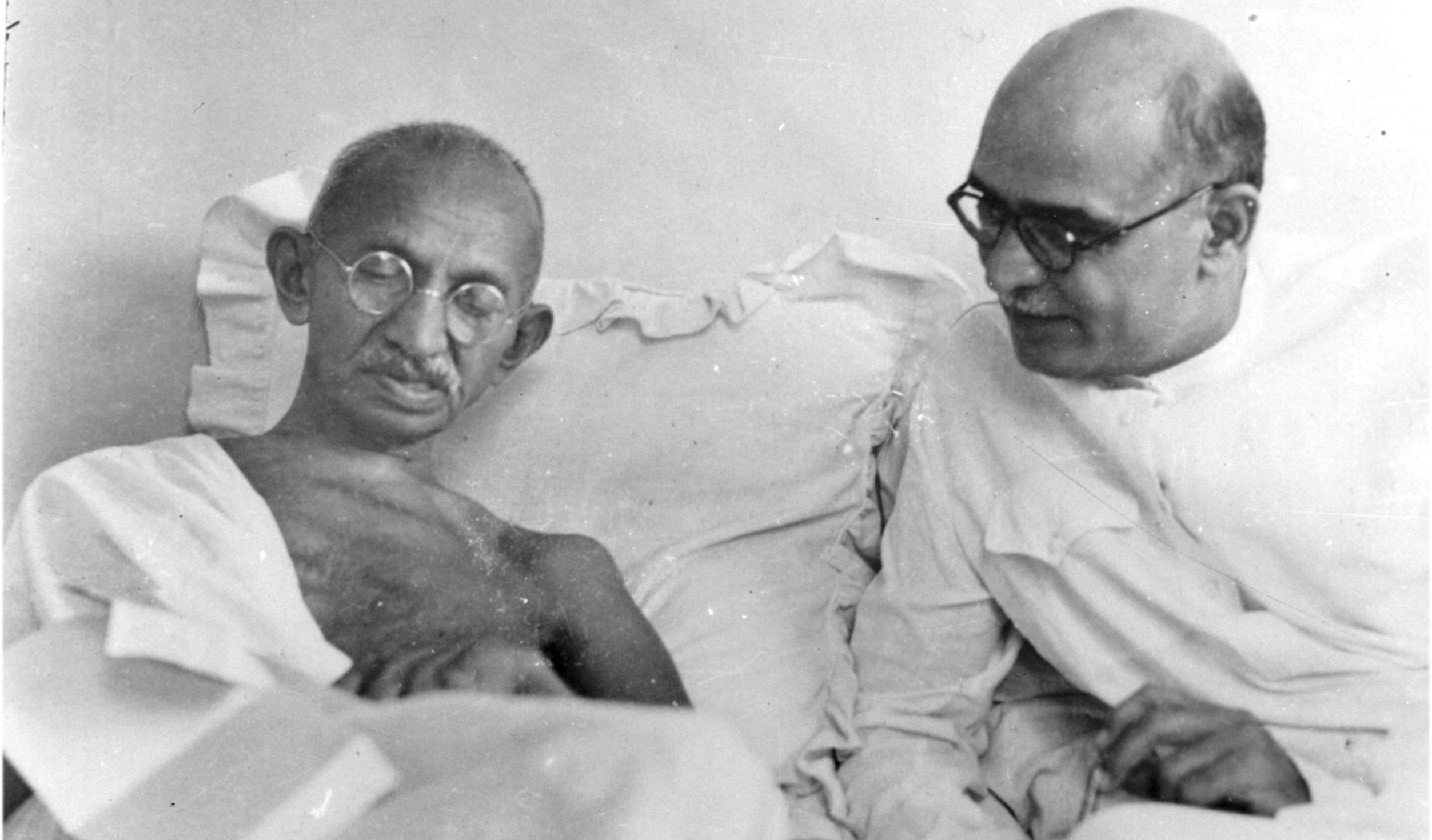
|
1932 |
| Caste, Gandhi and the Man Beside Gandhi | |
| 1933 - 1991 | |

|
1933 - 1991 |
| Raghubir Sinh: The Prince Who Would Be Historian | |
| 1935 | |
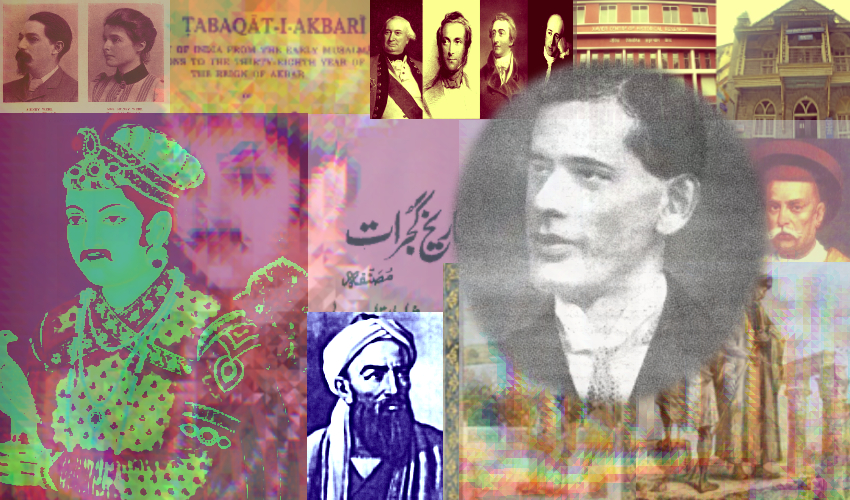
|
1935 |
| A Historian Recommends: SA Khan’s Timeless Presidential Address | |
| 1865-1928 | |
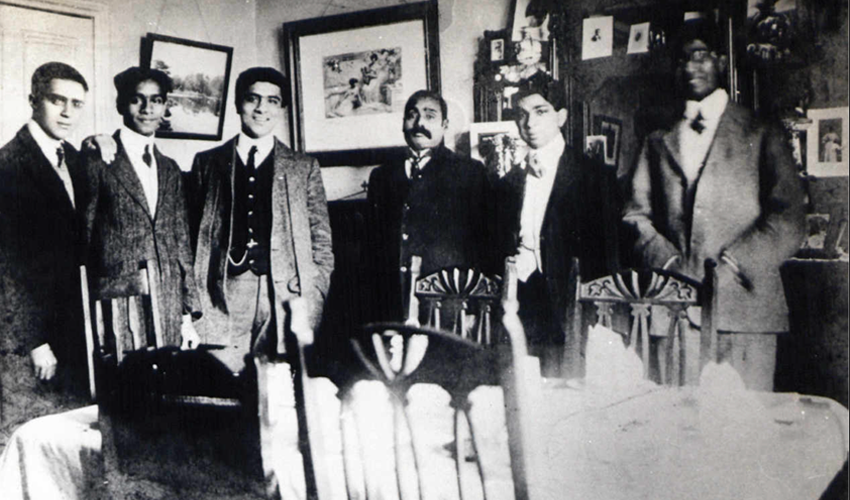
|
1865-1928 |
| Understanding Lajpat Rai’s Hindu Politics and Secularism | |
| 1935 Modern Review | |
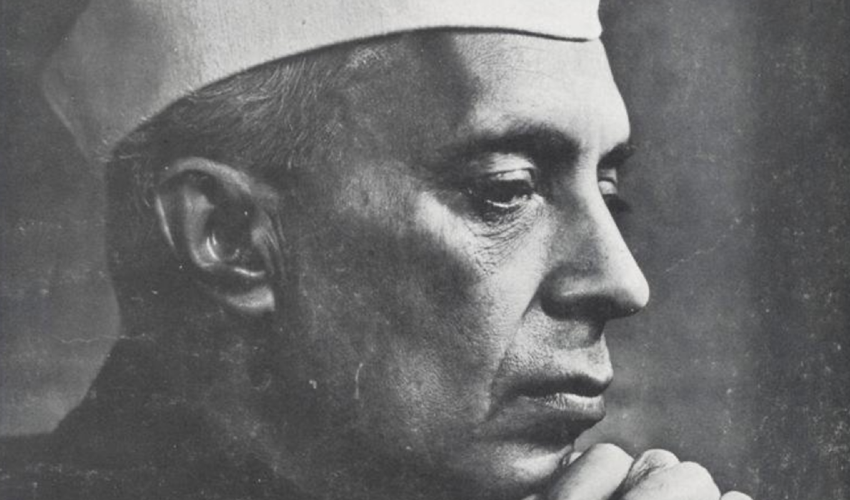
|
1935 |
| The Modern Review Special: The Mind of a Judge | |
| 1936 Modern Review | |
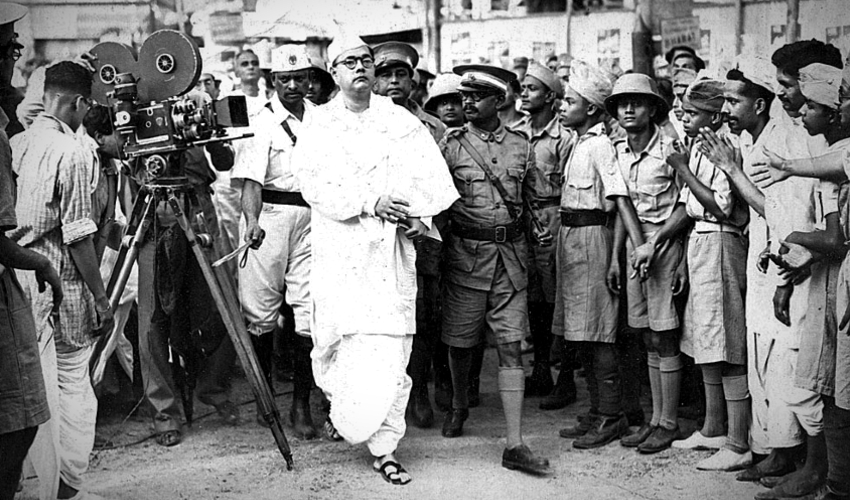
|
1936 |
| The Modern Review Special: When Netaji Subhas Bose Was Wrongfully Detained for ‘Terrorism’ | |
| 1936 | |

|
1936 |
| Annihilation of Caste: Part 1 | |
| 1936 Modern Review | |

|
1936 |
| The Modern Review Special: An Indian MP in the British Parliament | |
| 1936 | |

|
1936 |
| Annihilation of Caste: Part 2 | |
| 1936 | |

|
1936 |
| A Reflection of His Age: Munshi Premchand on the True Purpose of Literature | |
| 1936 Modern Review | |
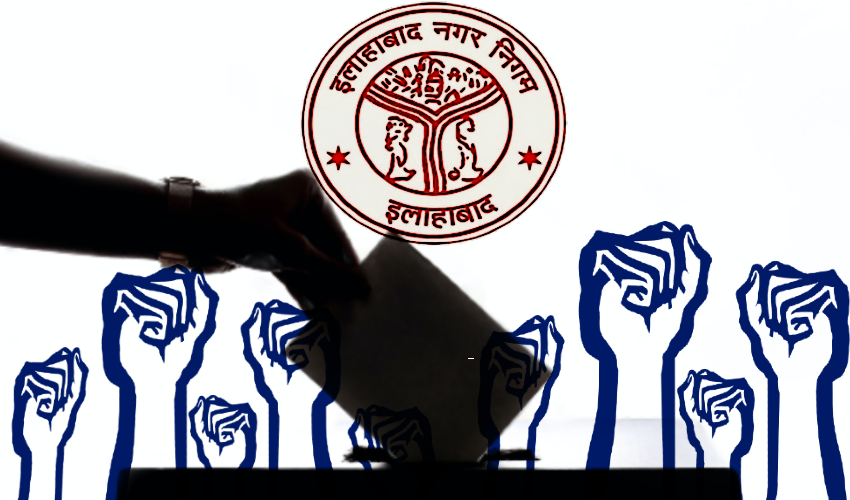
|
1936 |
| The Modern Review Special: The Defeat of a Dalit Candidate in a 1936 Municipal Election | |
| 1937 Modern Review | |
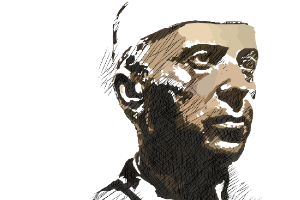
|
1937 |
| The Modern Review Special: Rashtrapati | |
| 1938 | |
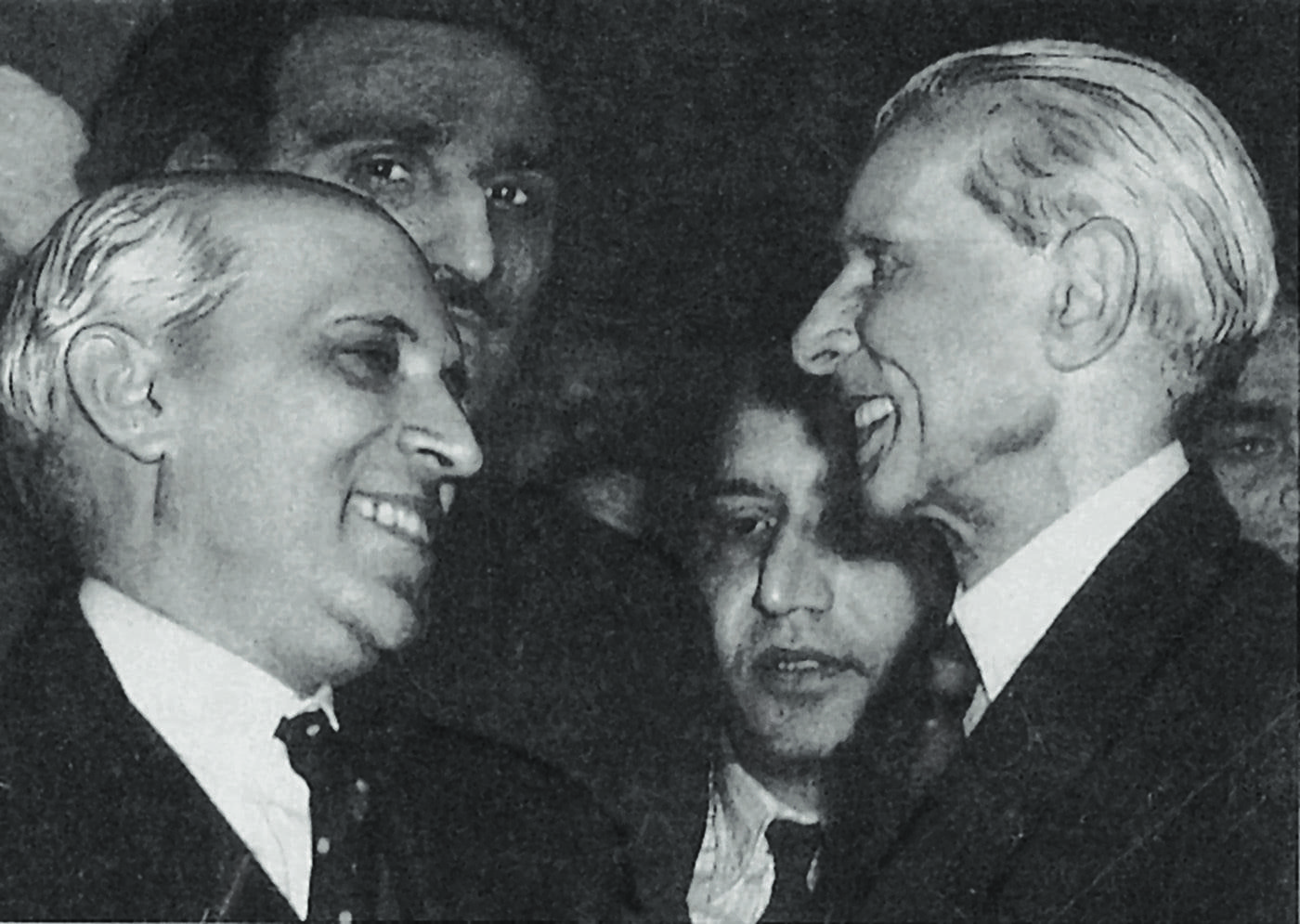
|
1938 |
| Great Debates: Nehru Vs. Jinnah (1938) | |
| 1942 Modern Review | |
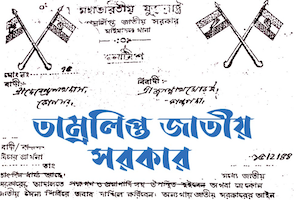
|
1942 |
| IHC Uncovers: A Parallel Government In British India (Part 1) | |
| 1942-1945 | |

|
1942-1945 |
| IHC Uncovers: A Parallel Government in British India (Part 2) | |
| 1946 | |
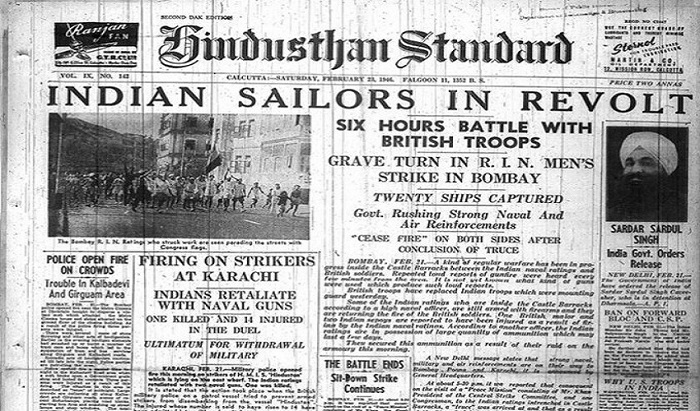
|
1946 |
| Our Last War of Independence: The Royal Indian Navy Mutiny of 1946 | |
| 1946 | |
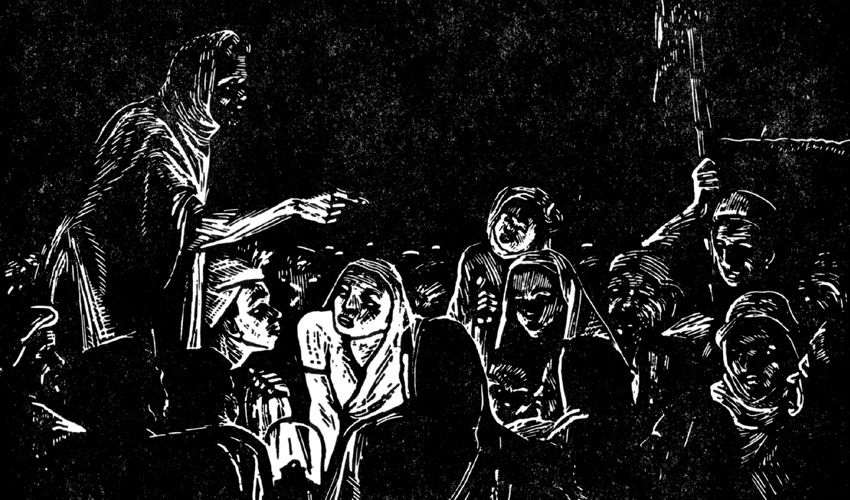
|
1946 |
| An Artist’s Account of the Tebhaga Movement in Pictures And Prose | |
| 1946 – 1947 | |
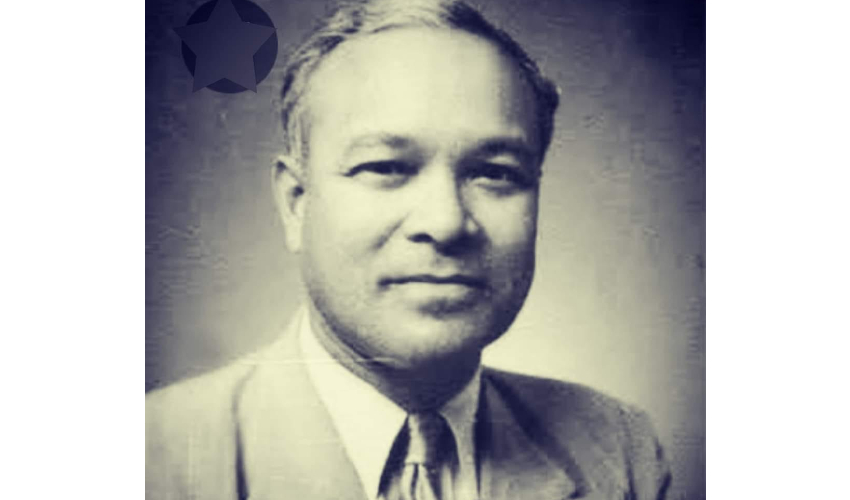
|
1946 – 1947 |
| “The Most Democratic People on Earth” : An Adivasi Voice in the Constituent Assembly | |
| 1946-1947 | |
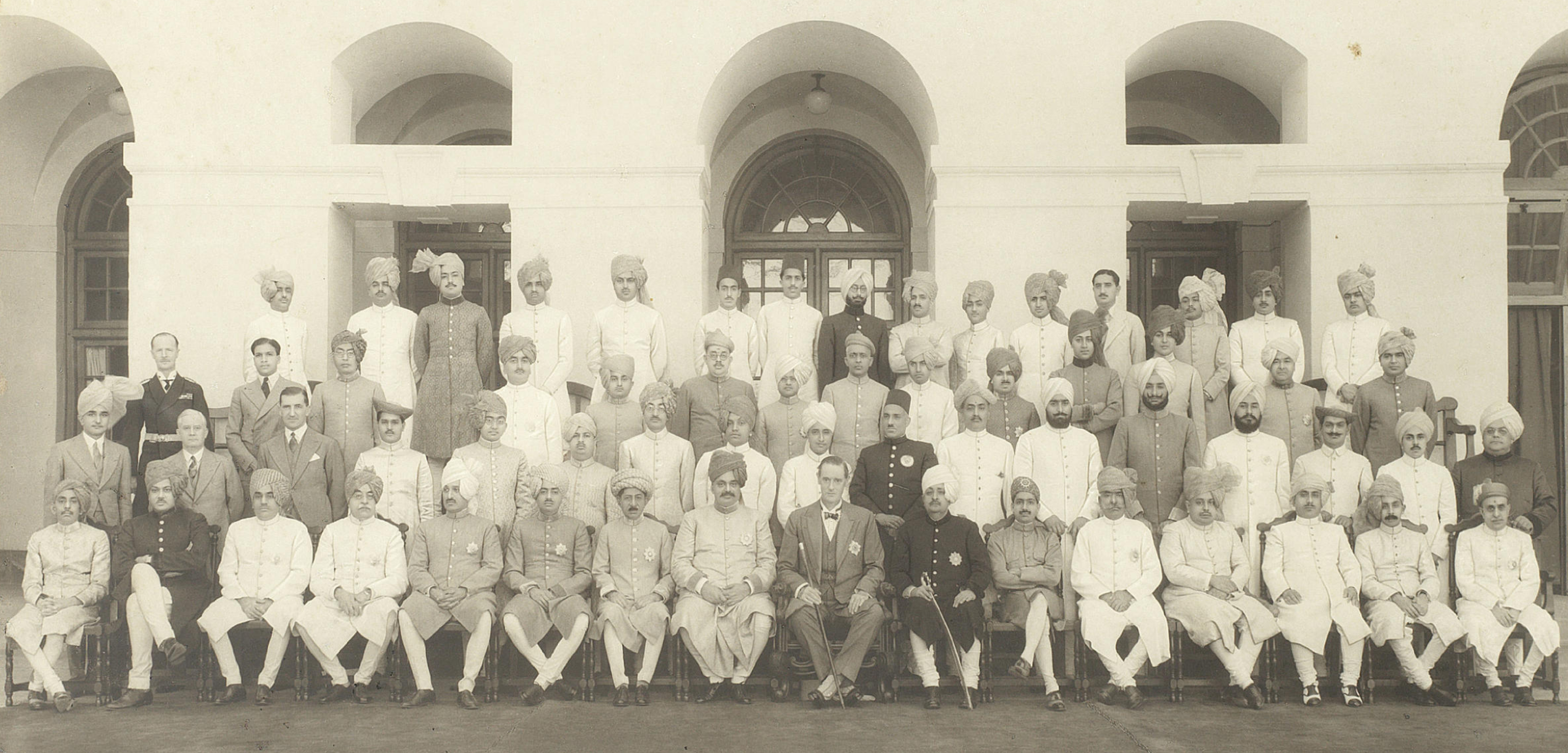
|
1946-1947 |
| VP Menon and the Birth of Independent India | |
| 1916 - 1947 | |
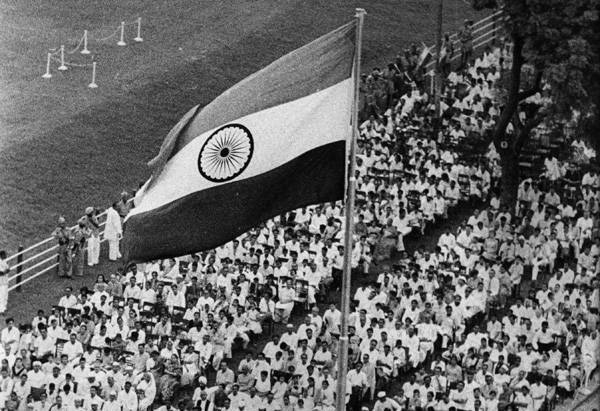
|
1916 - 1947 |
| 8 @ 75: 8 Speeches Independent Indians Must Read | |
| 1947-1951 | |
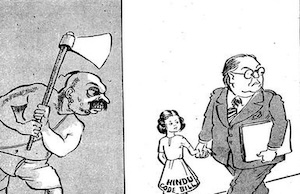
|
1947-1951 |
| Ambedkar Cartoons: The Joke’s On Us | |
| 1948 | |

|
1948 |
| “My Father, Do Not Rest” | |
| 1940-1960 | |

|
1940-1960 |
| Integration Myth: A Silenced History of Hyderabad | |
| 1948 | |
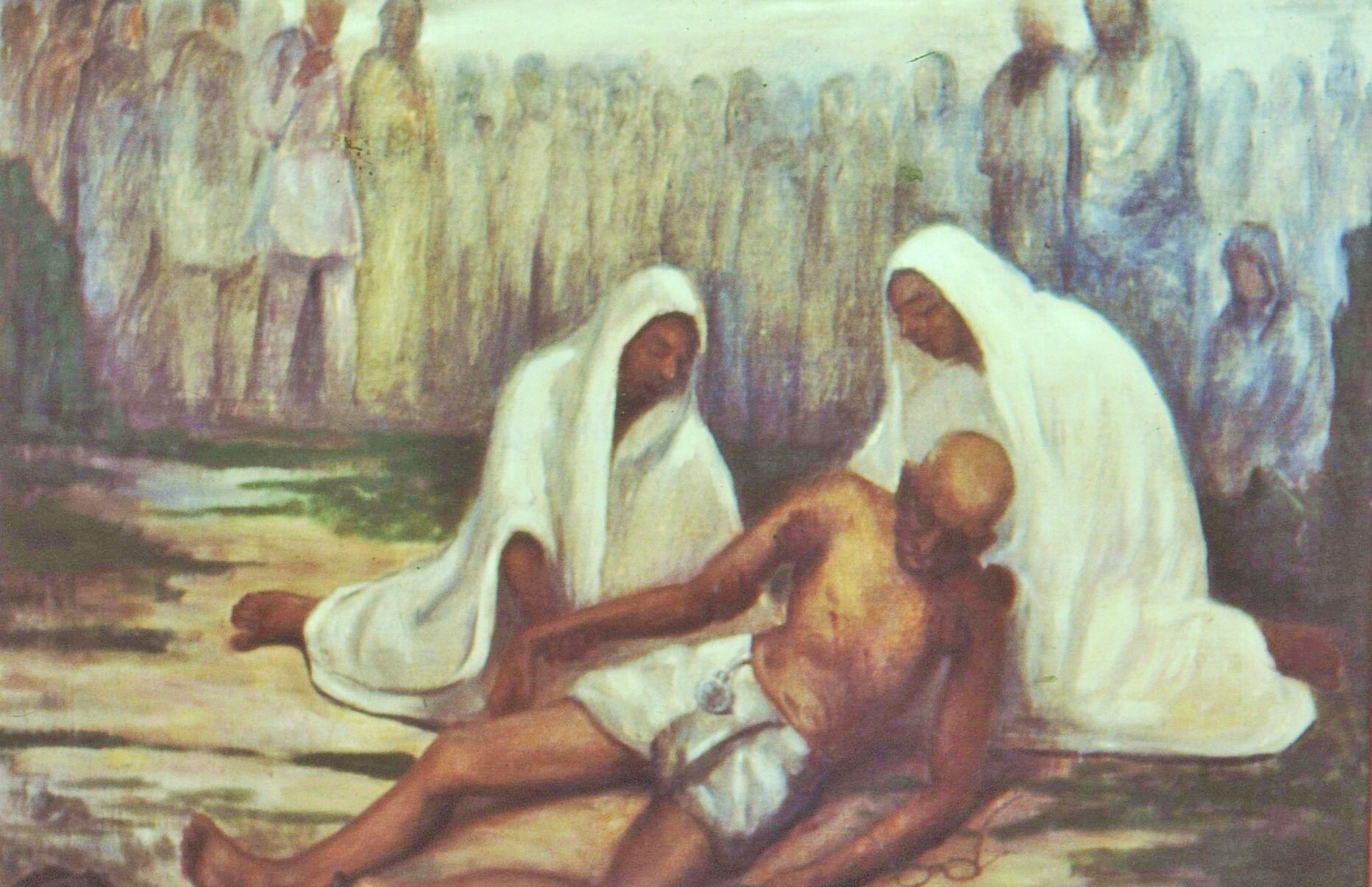
|
1948 |
| The Assassination of a Mahatma, the Princely States and the ‘Hindu’ Nation | |
| 1949 | |
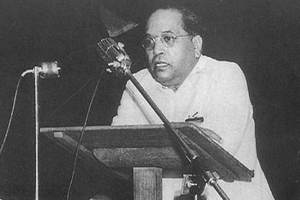
|
1949 |
| Ambedkar warns against India becoming a ‘Democracy in Form, Dictatorship in Fact’ | |
| 1950 | |
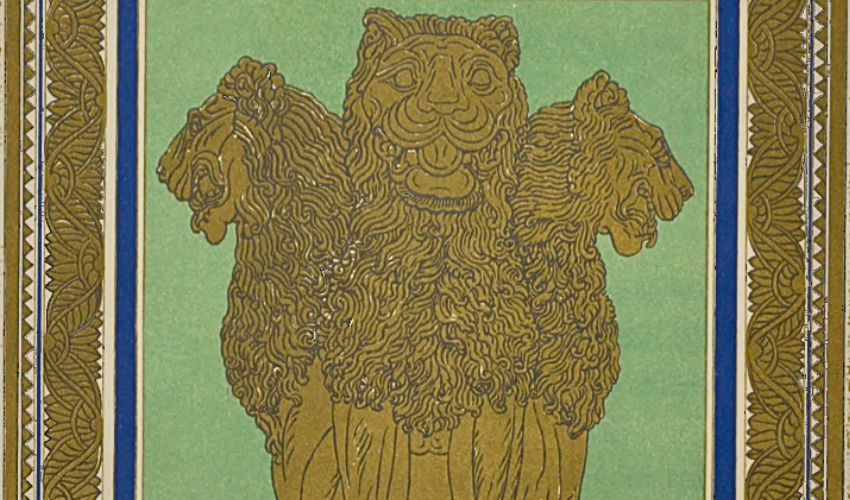
|
1950 |
| Illustrations from the constitution | |
| 1951 | |
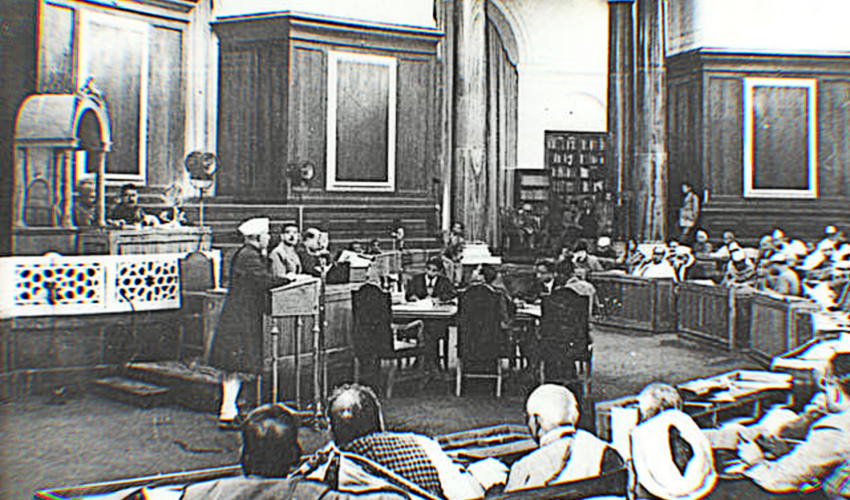
|
1951 |
| How the First Amendment to the Indian Constitution Circumscribed Our Freedoms & How it was Passed | |
| 1967 | |
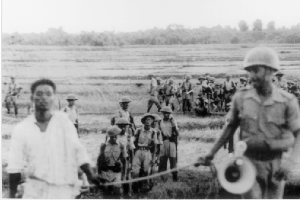
|
1967 |
| Once Upon A Time In Naxalbari | |
| 1970 | |
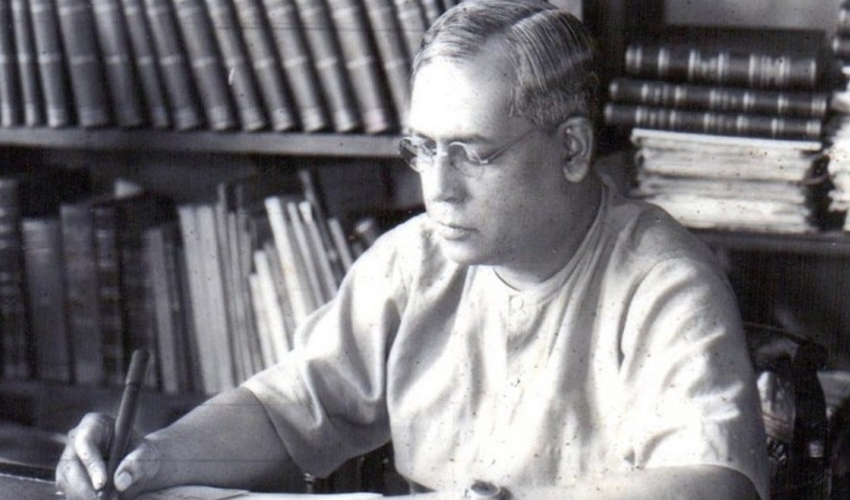
|
1970 |
| R.C. Majumdar on Shortcomings in Indian Historiography | |
| 1973 - 1993 | |
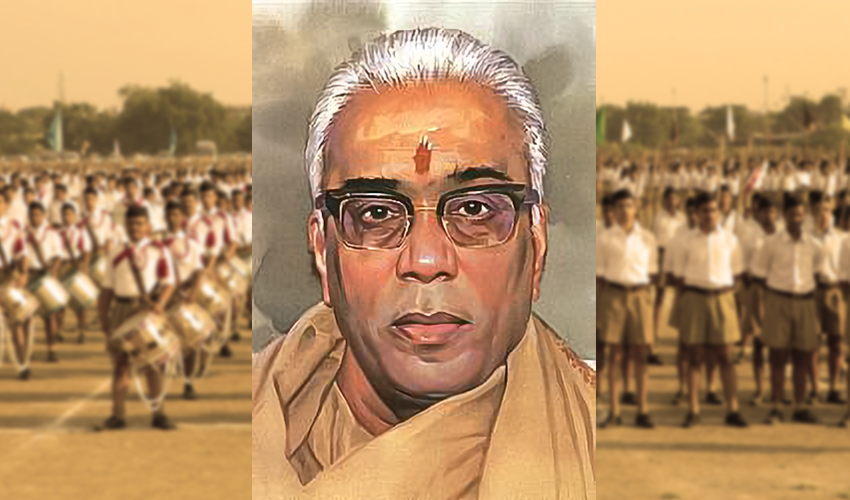
|
1973 - 1993 |
| Balasaheb Deoras: Kingmaker of the Sangh | |
| 1975 | |
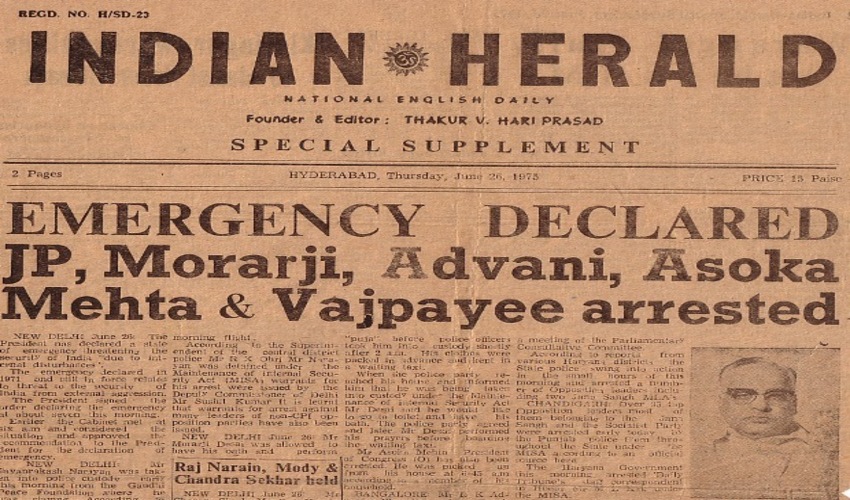
|
1975 |
| The Emergency Package: Shadow Power | |
| 1975 | |

|
1975 |
| The Emergency Package: The Prehistory of Turkman Gate – Population Control | |
| 1977 – 2011 | |
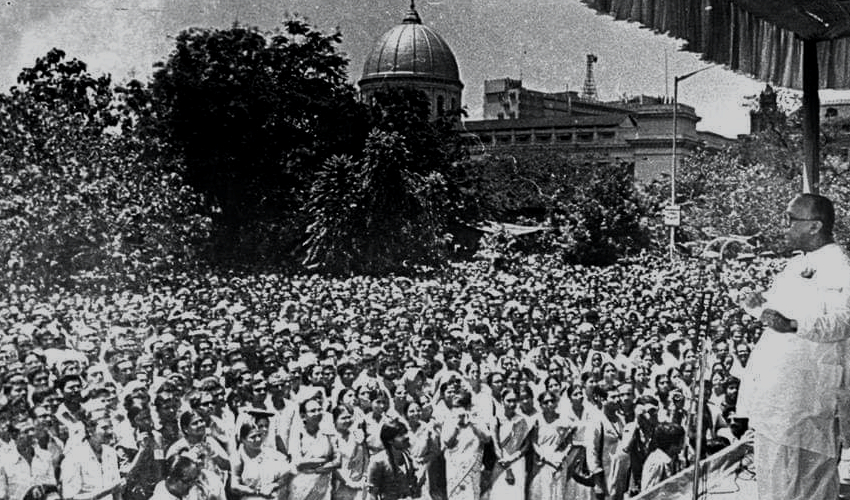
|
1977 – 2011 |
| Power is an Unforgiving Mistress: Lessons from the Decline of the Left in Bengal | |
| 1984 | |
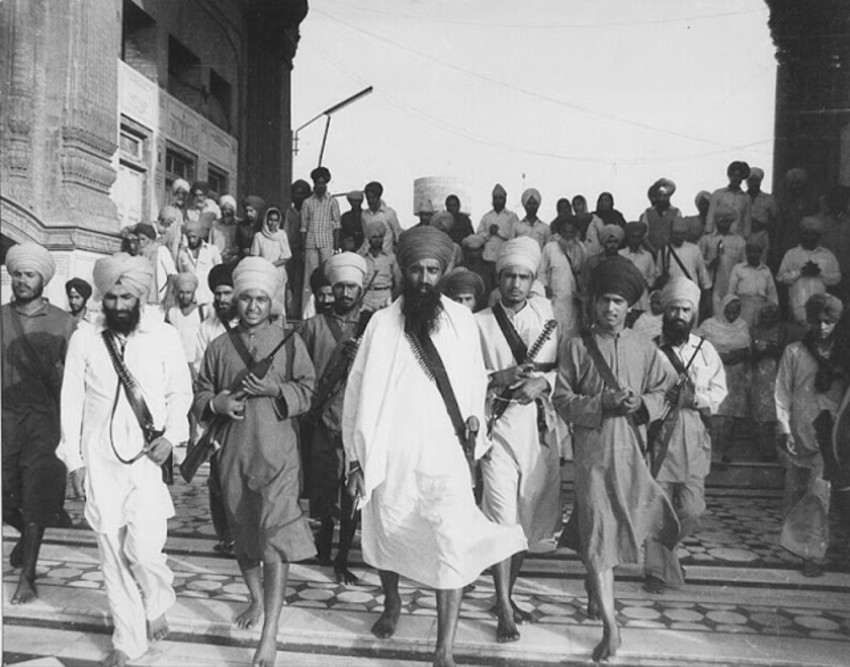
|
1984 |
| Mrs Gandhi’s Final Folly: Operation Blue Star | |
| 1916-2004 | |

|
1916-2004 |
| Amjad Ali Khan on M.S. Subbulakshmi: “A Glorious Chapter for Indian Classical Music” | |
| 2008 | |
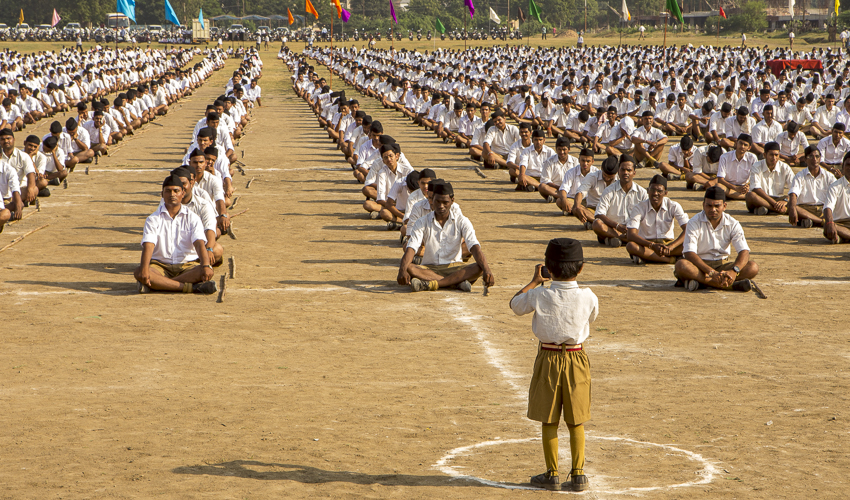
|
2008 |
| Whose History Textbook Is It Anyway? | |
| 2006 - 2009 | |

|
2006 - 2009 |
| Singur-Nandigram-Lalgarh: Movements that Remade Mamata Banerjee | |
| 2020 | |

|
2020 |
| The Indo-China Conflict: 10 Books We Need To Read | |
| 2021 | |
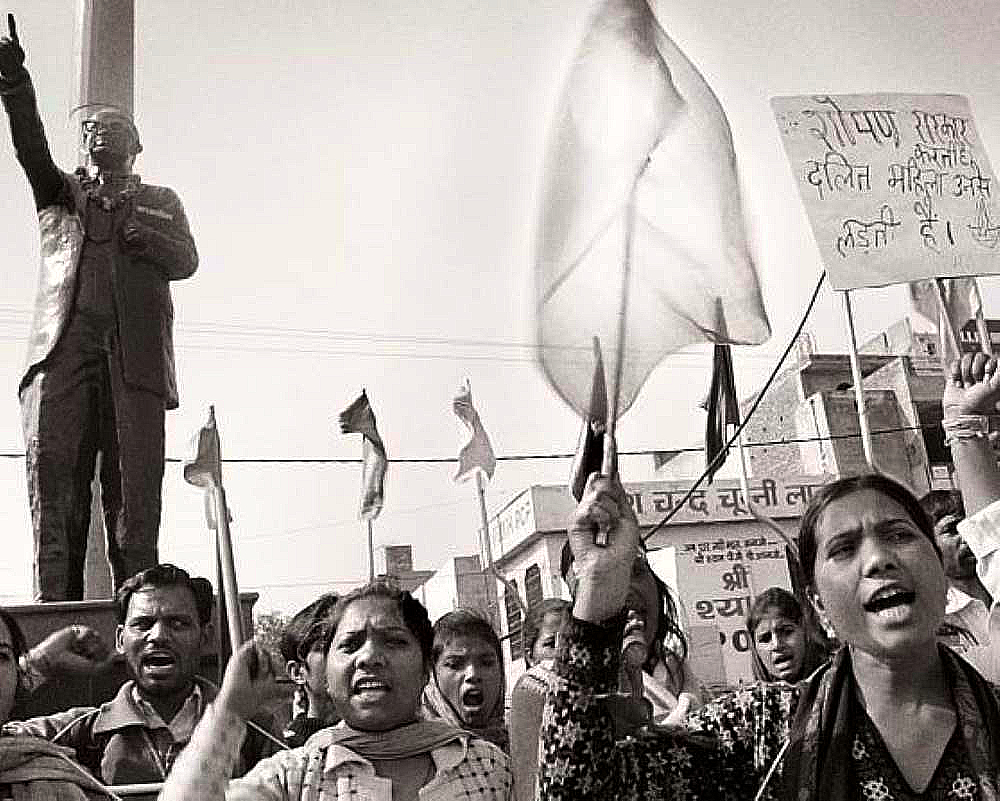
|
2021 |
| Singing/Writing Liberation: Dalit Women’s Narratives | |
Leave a Reply